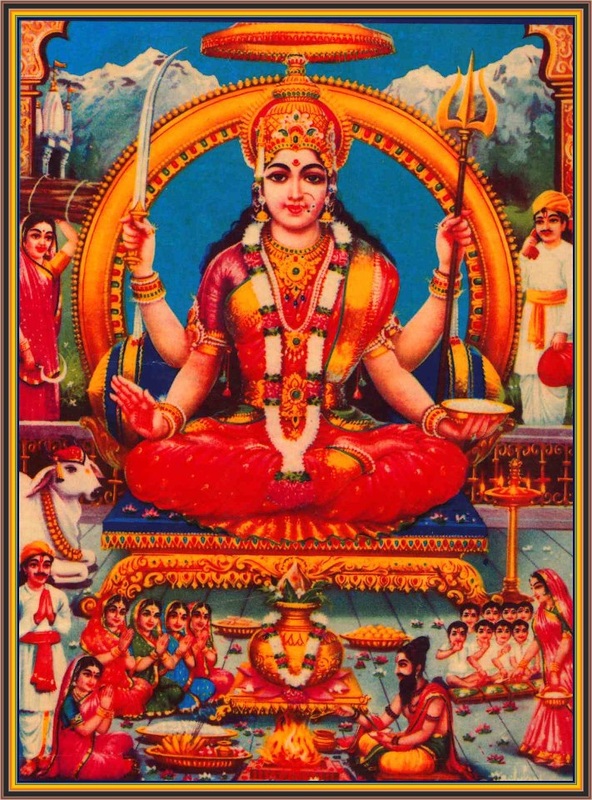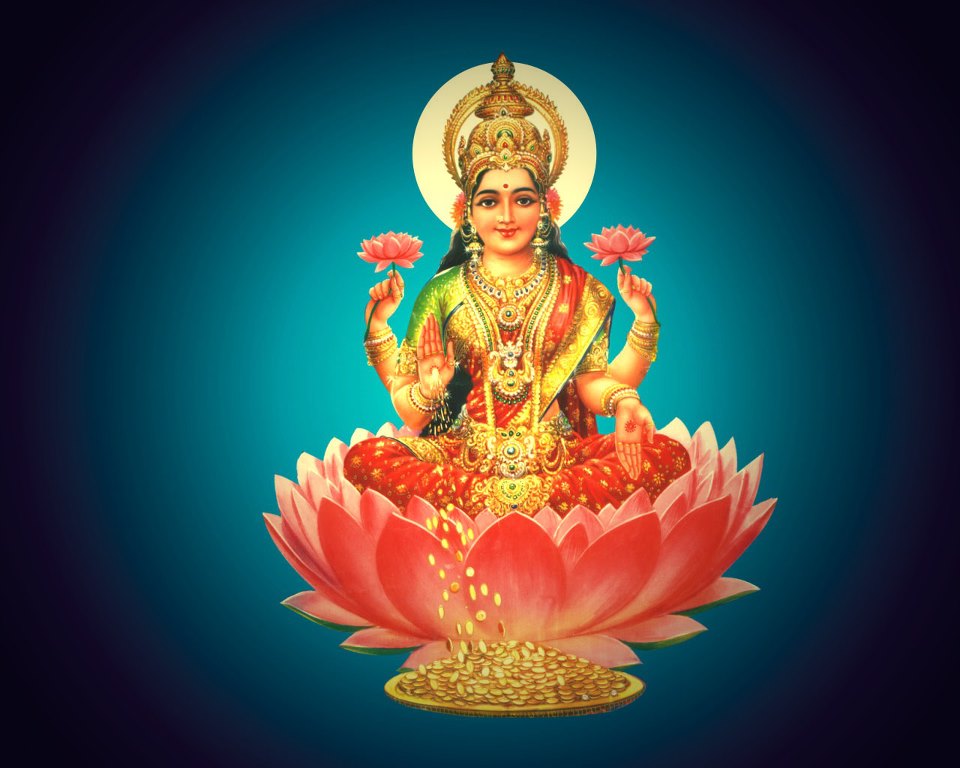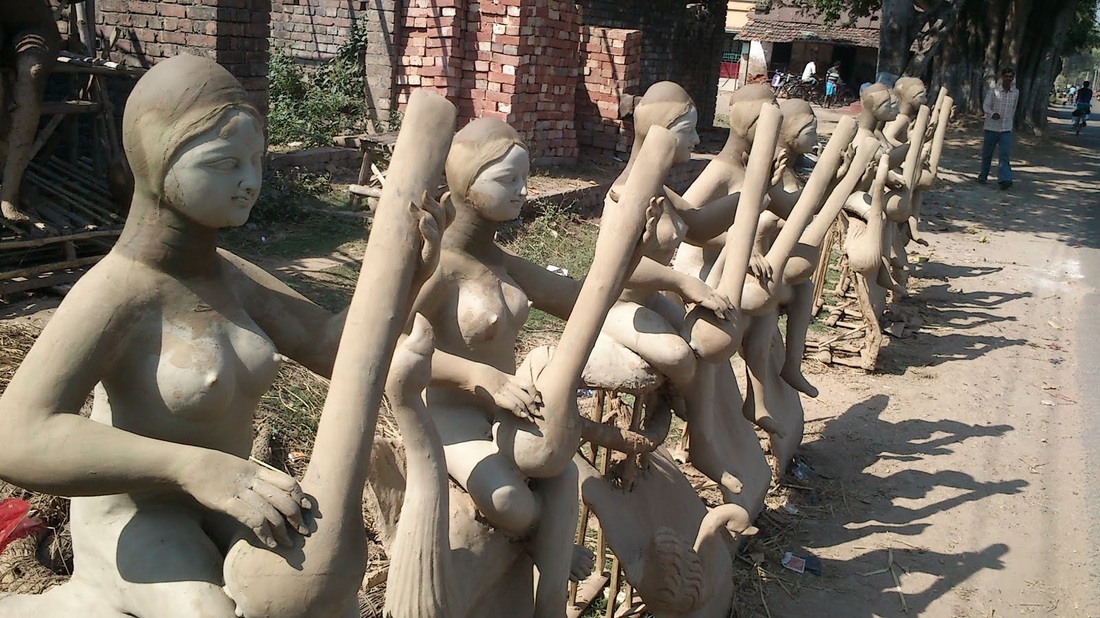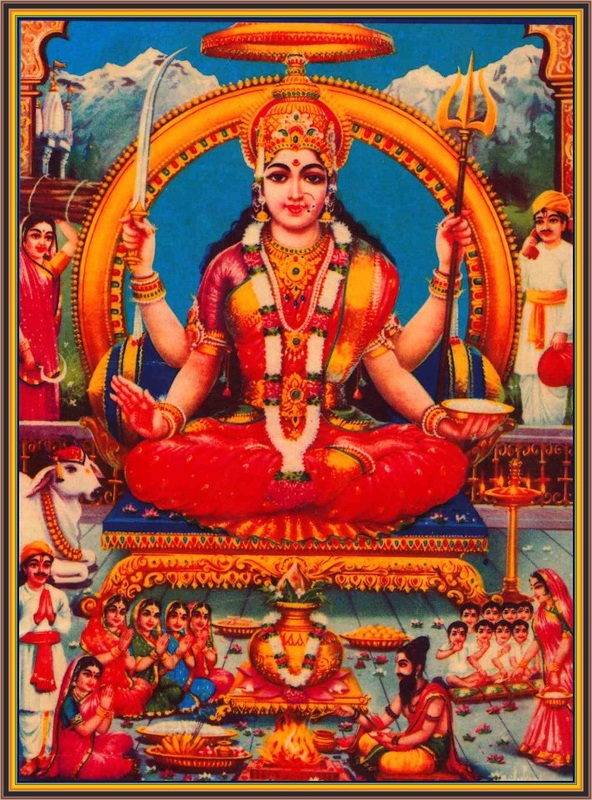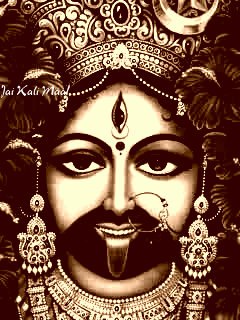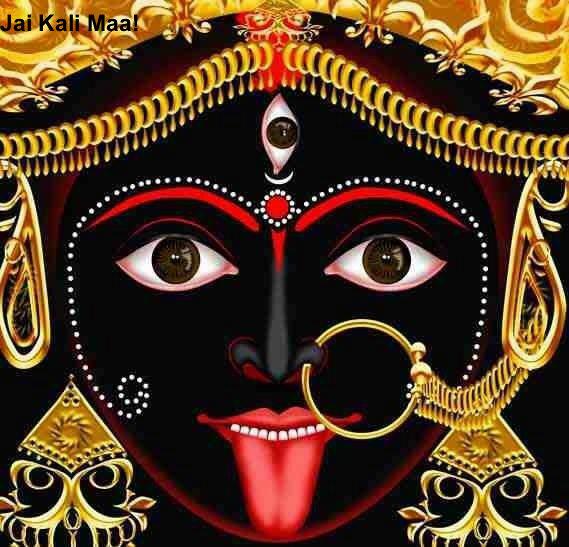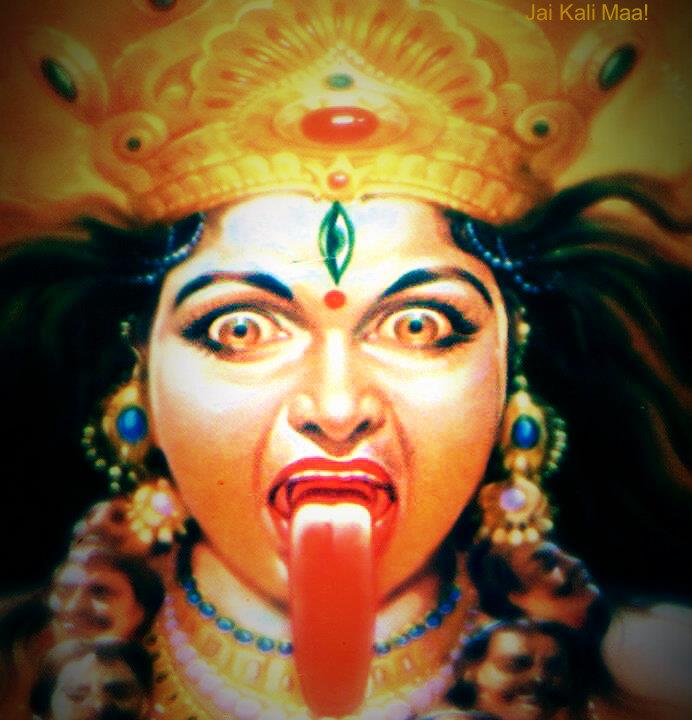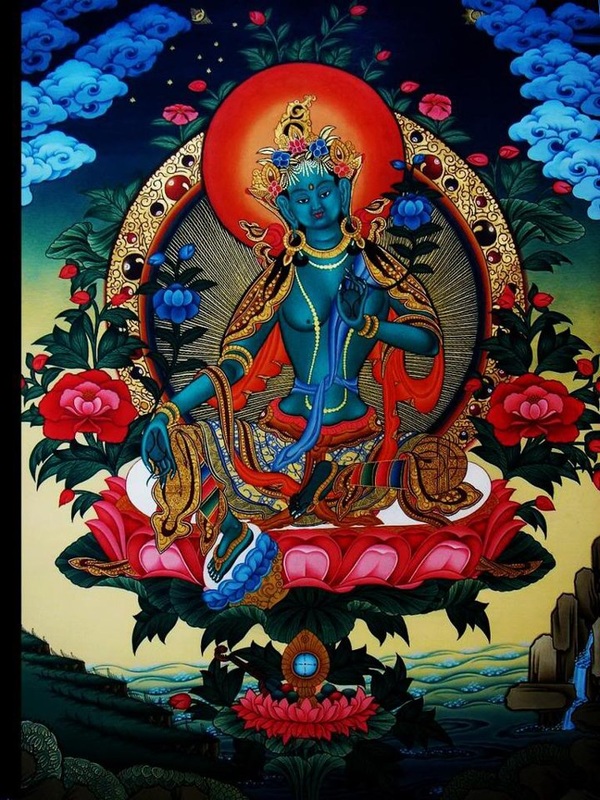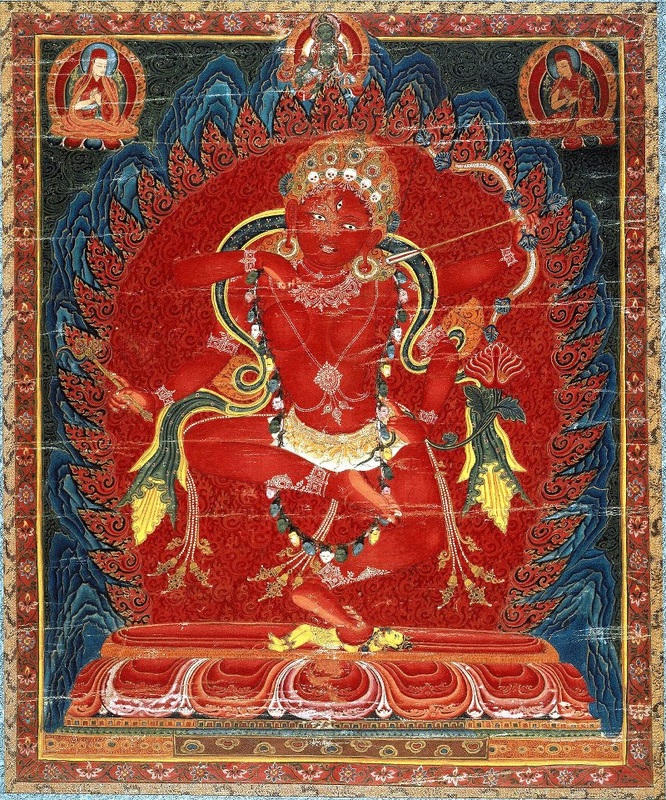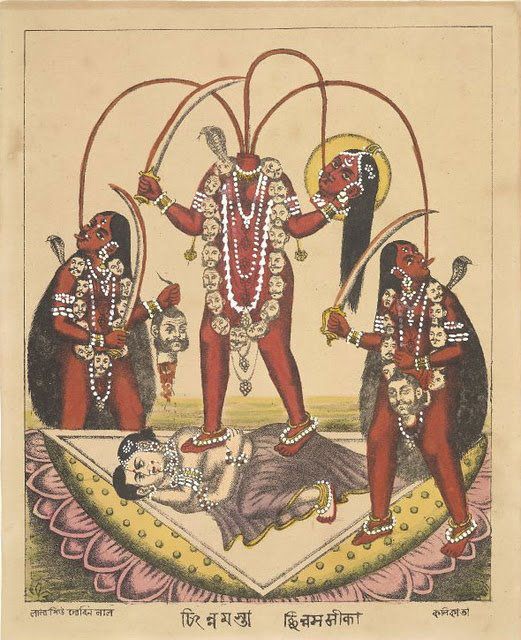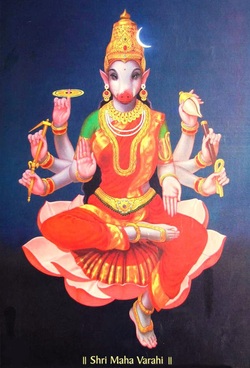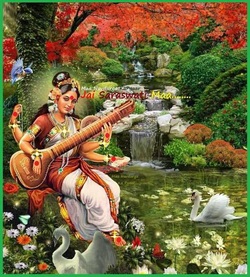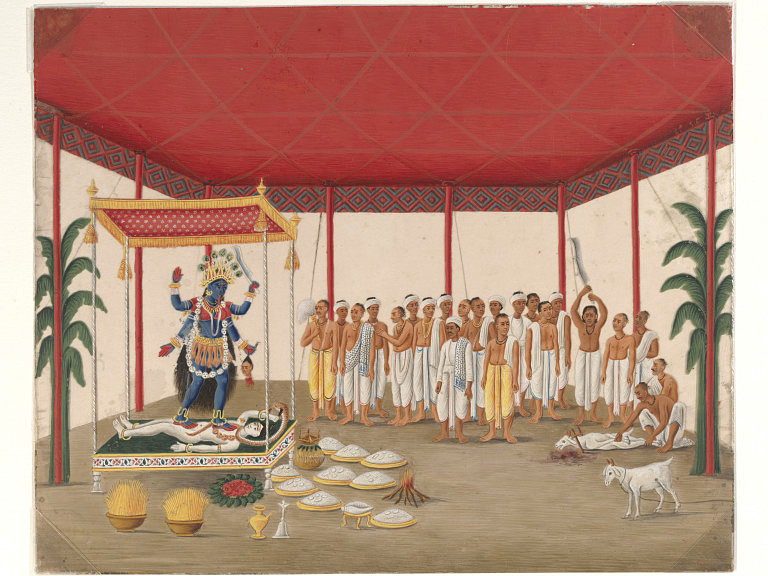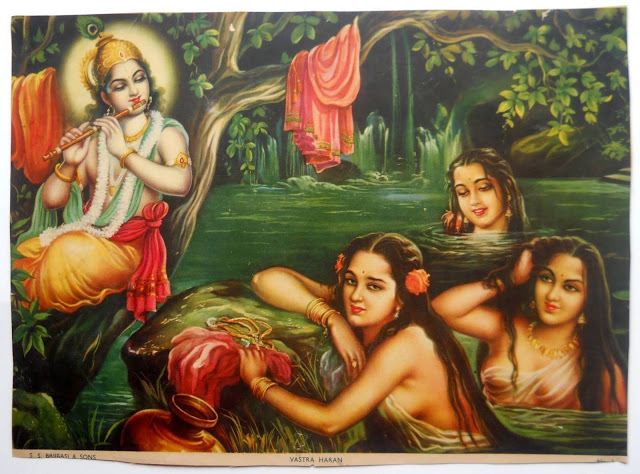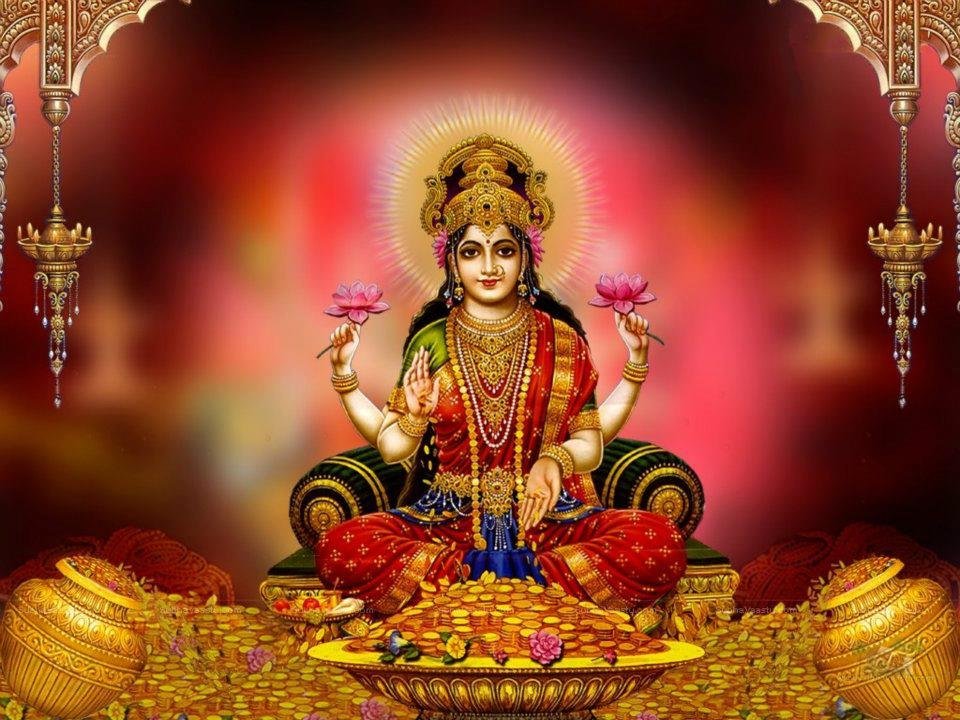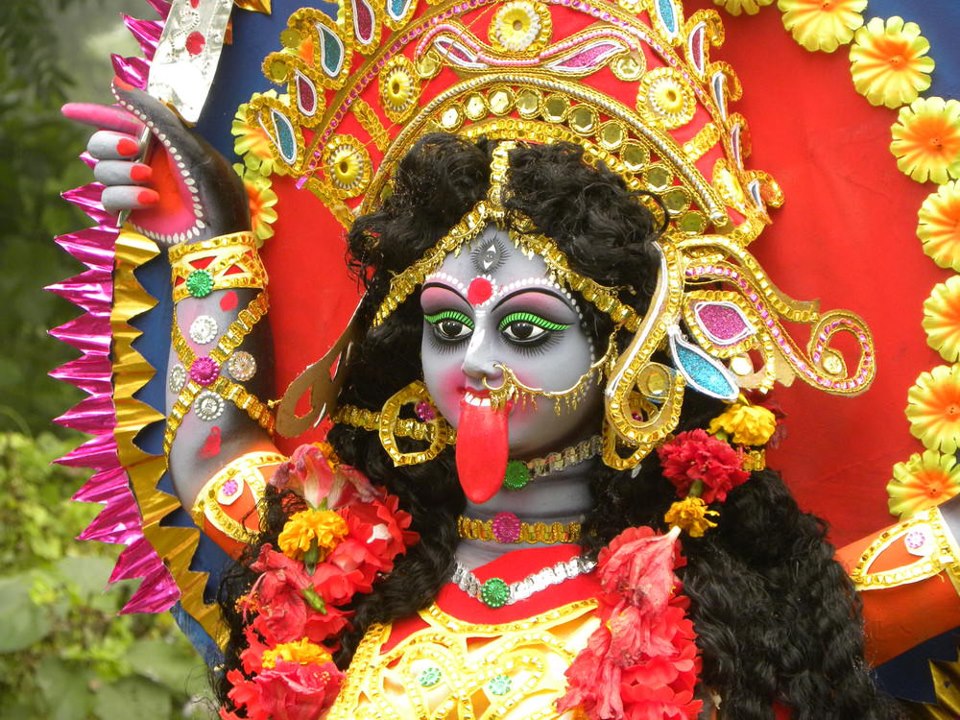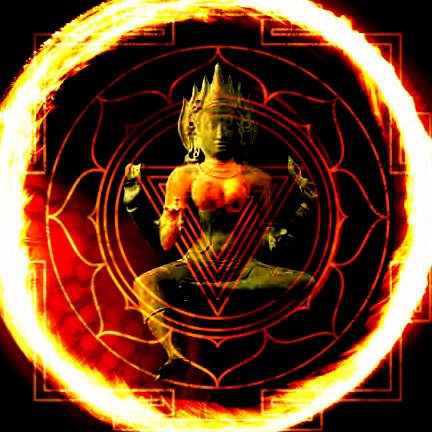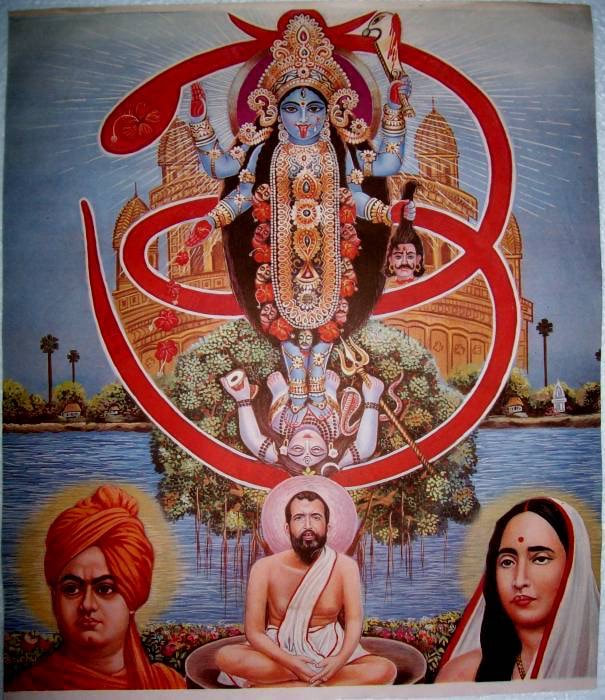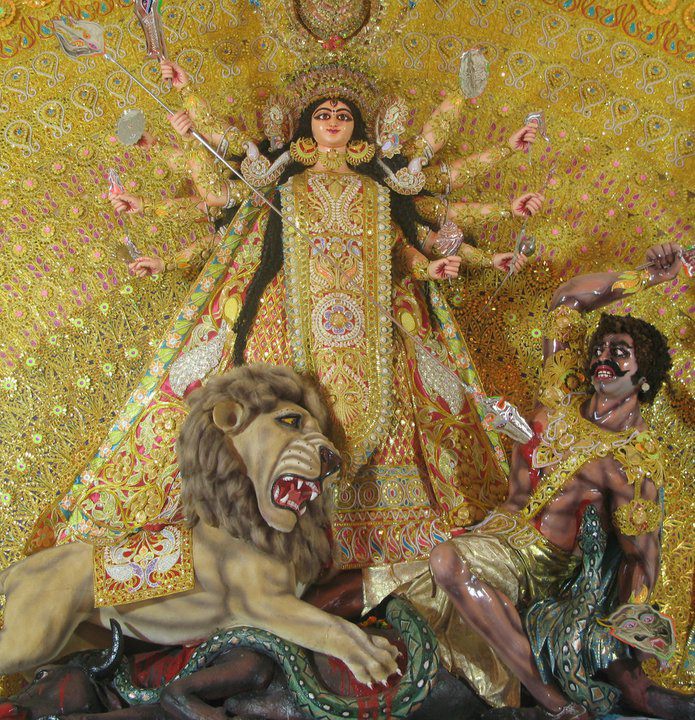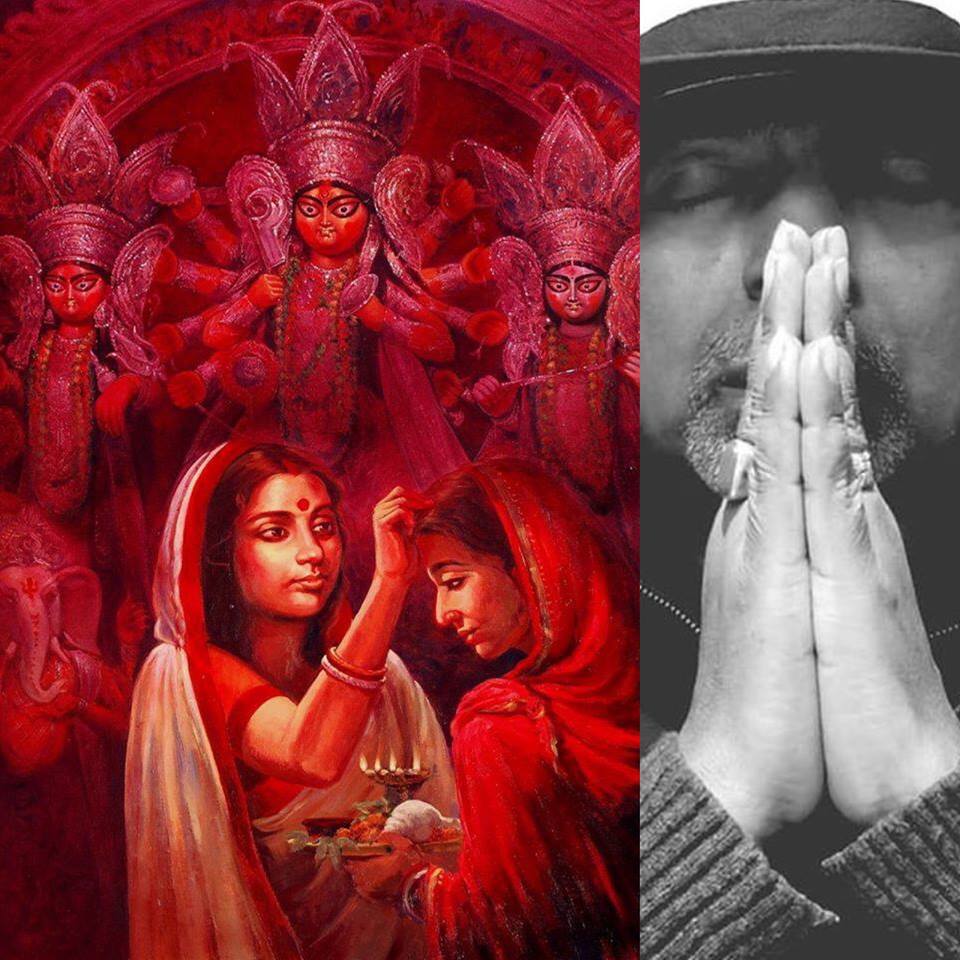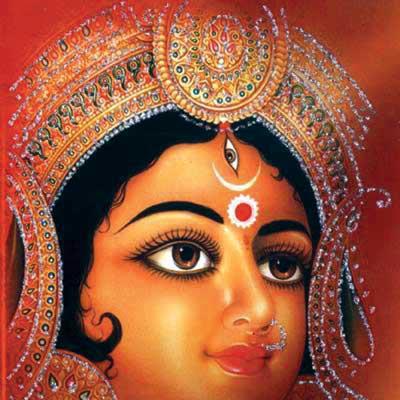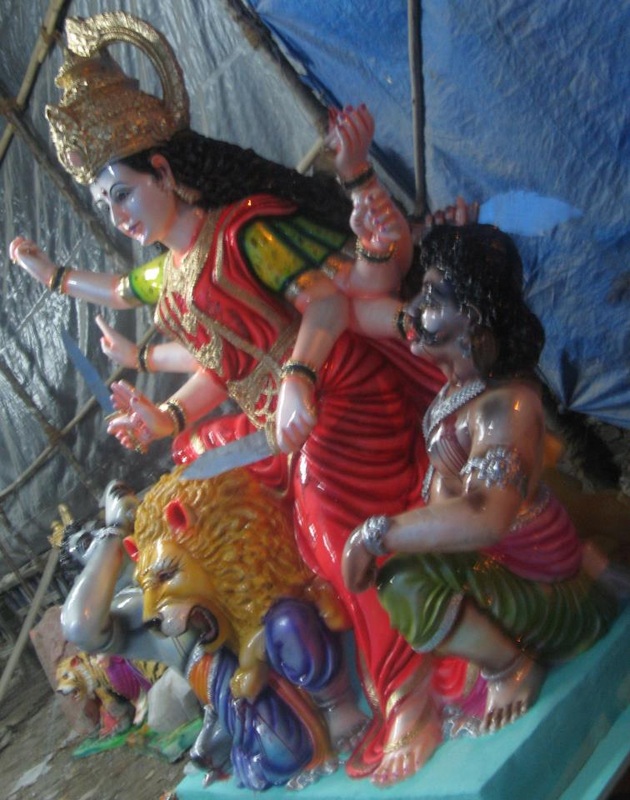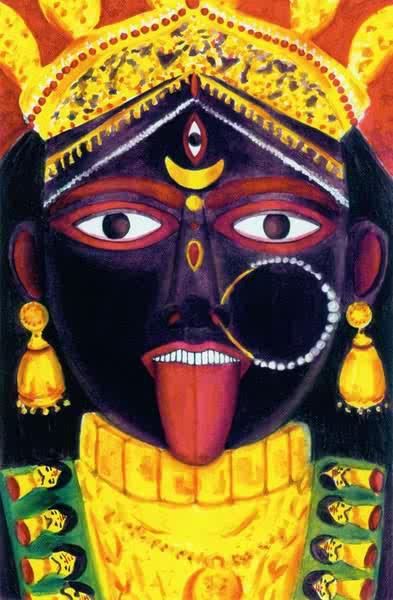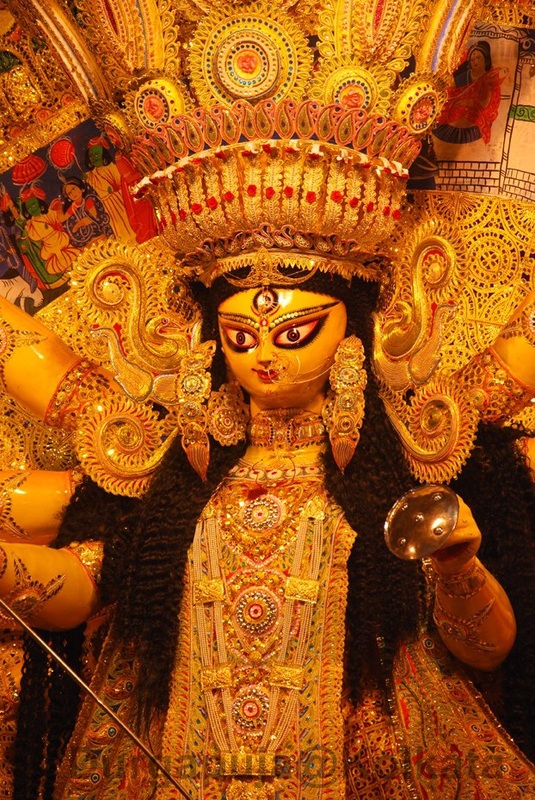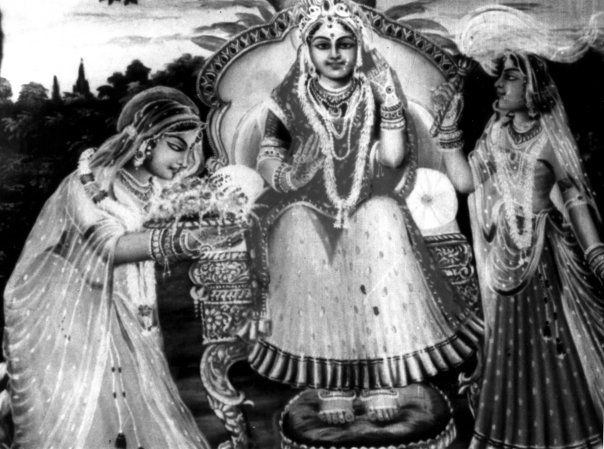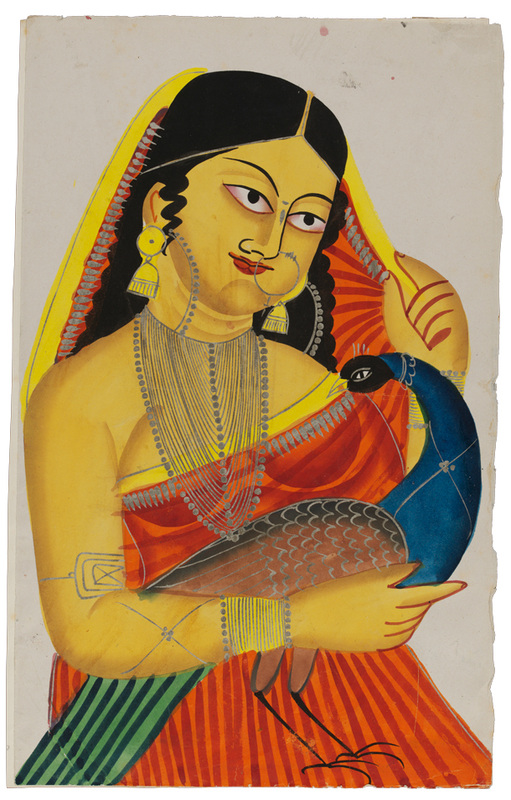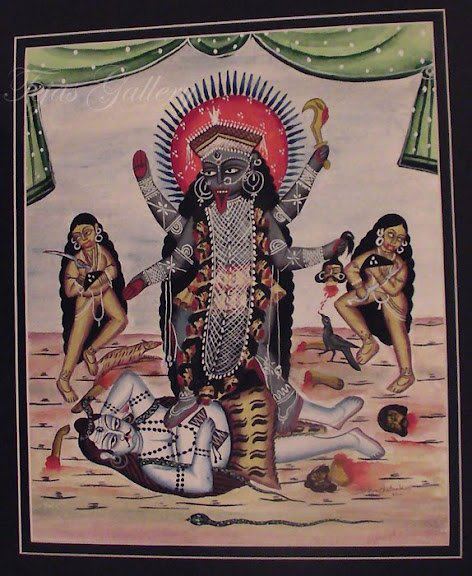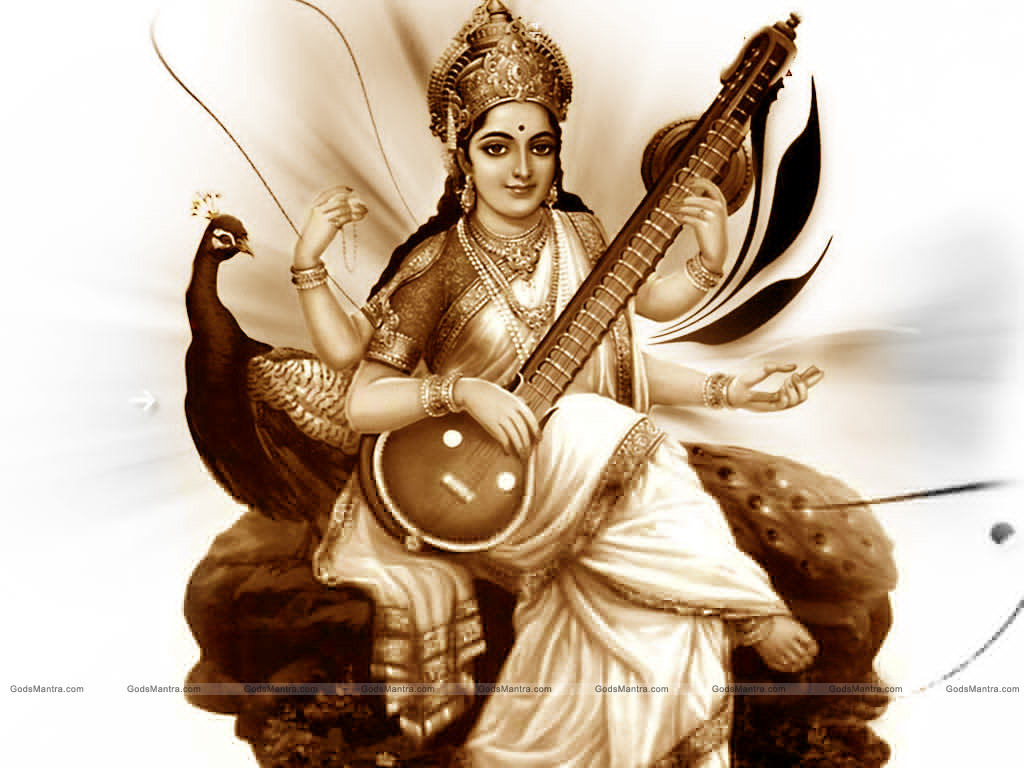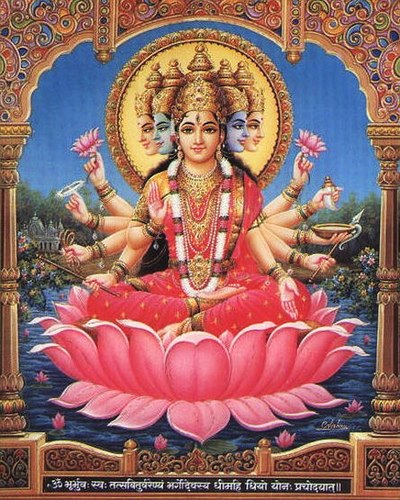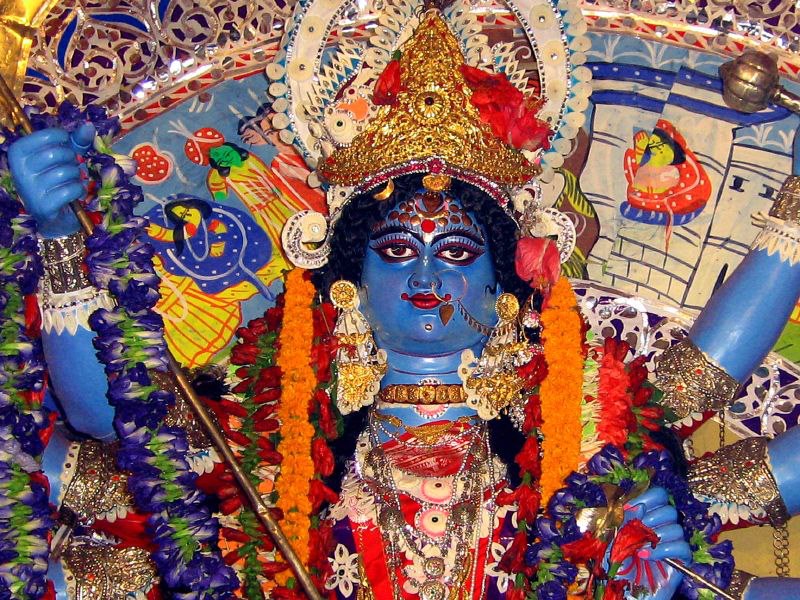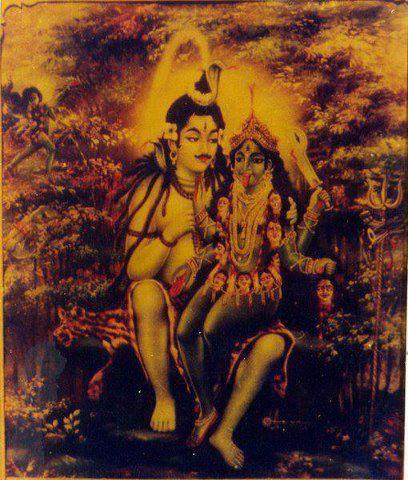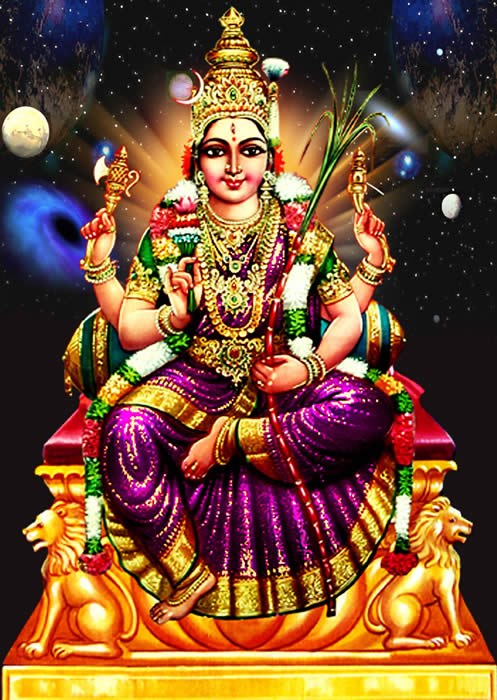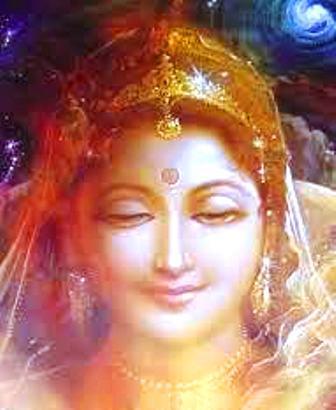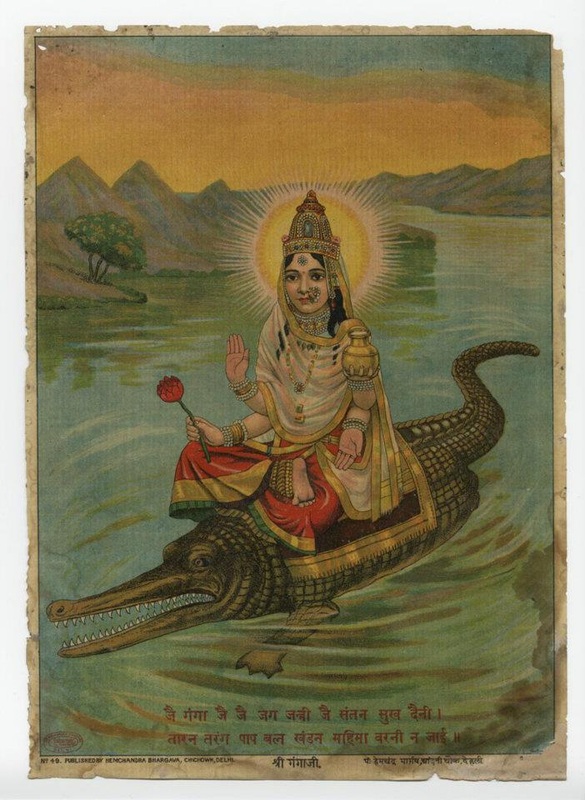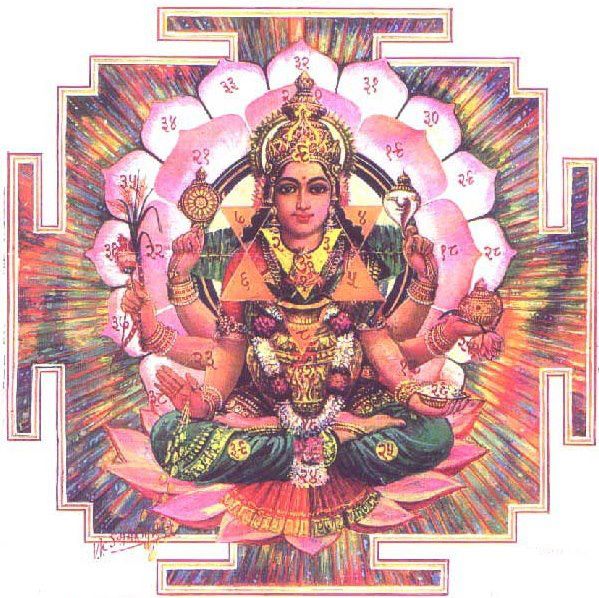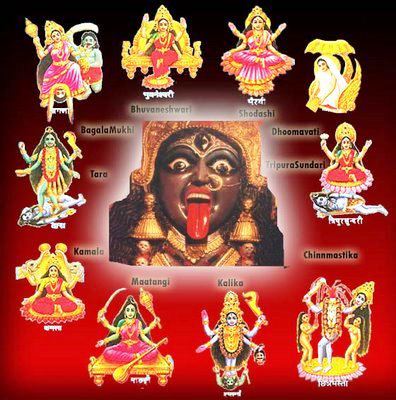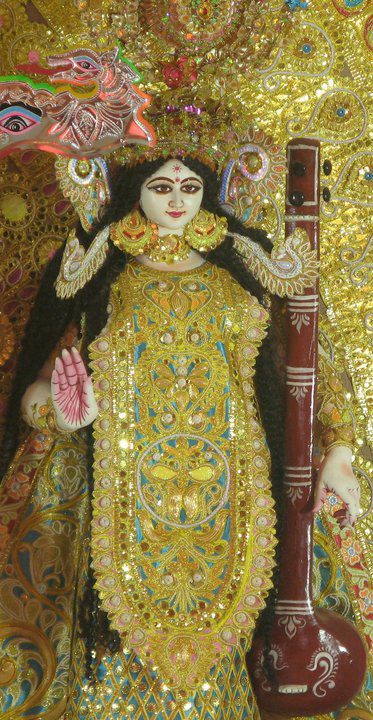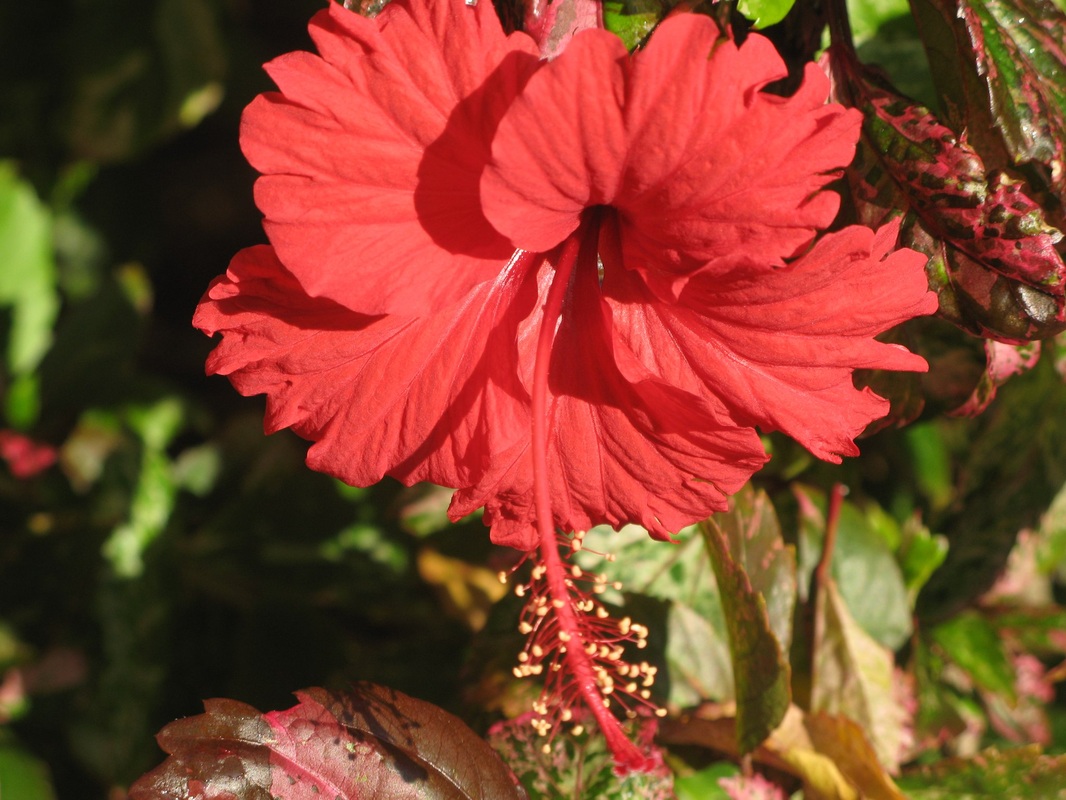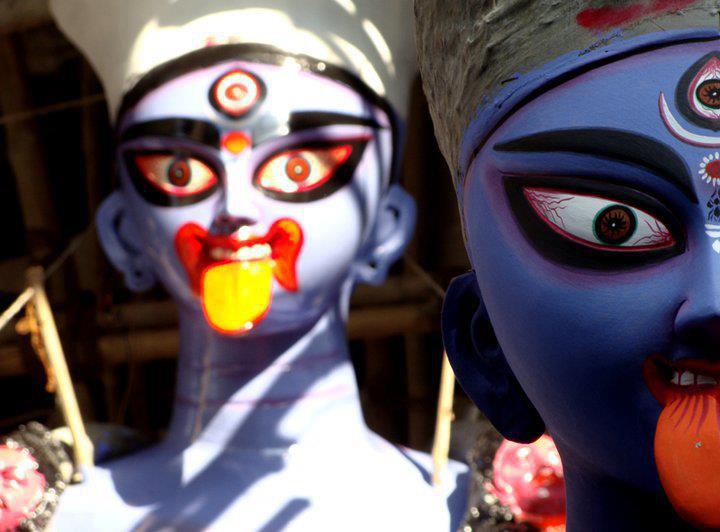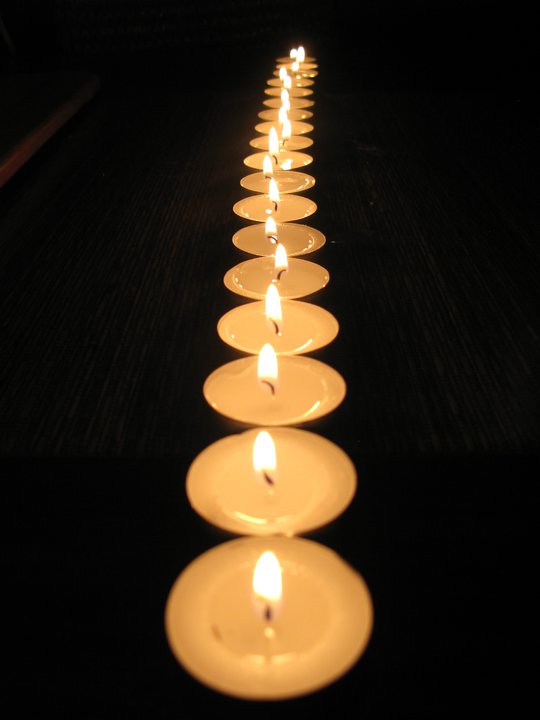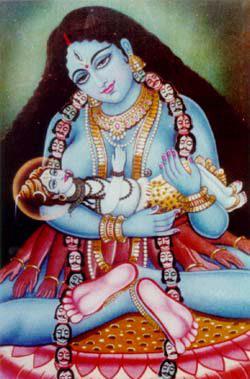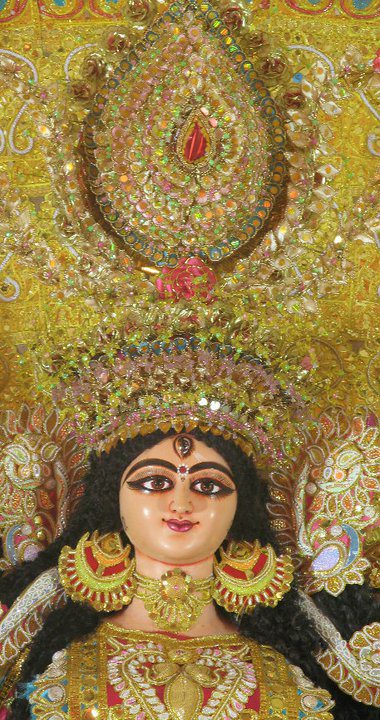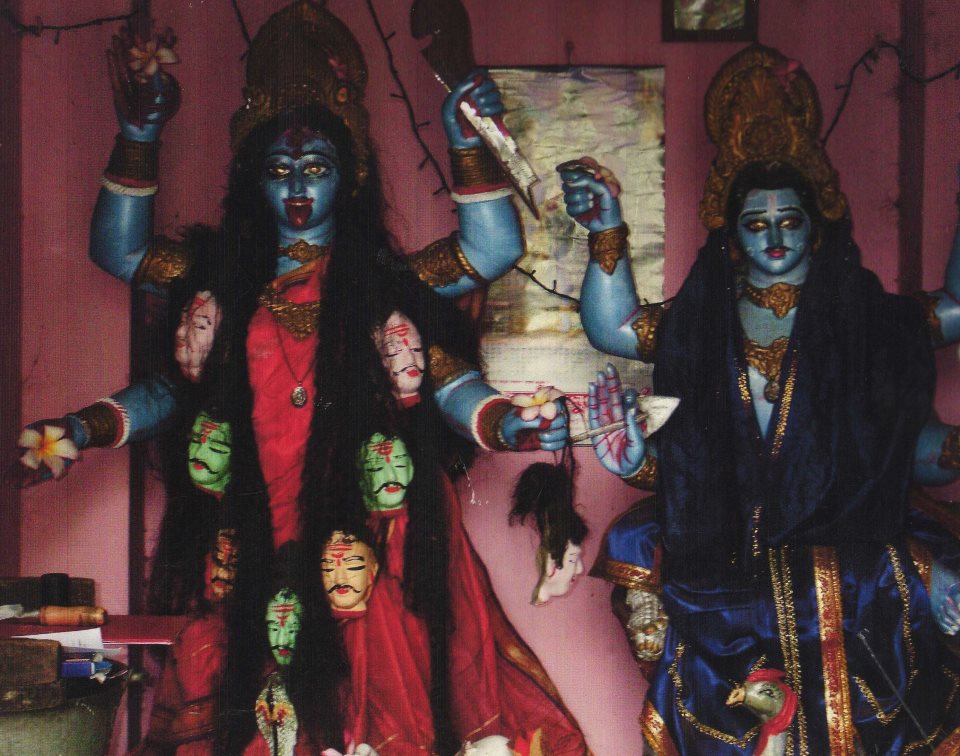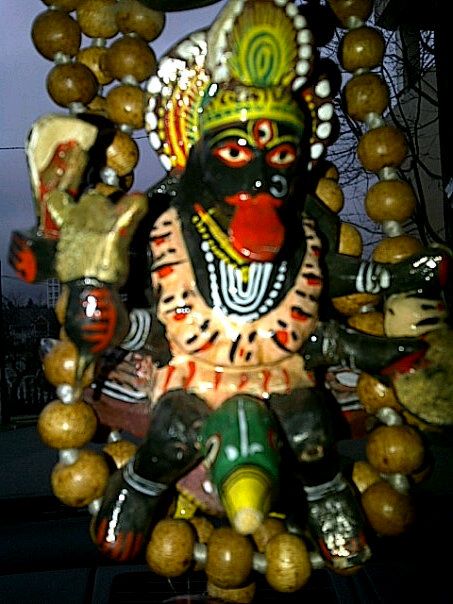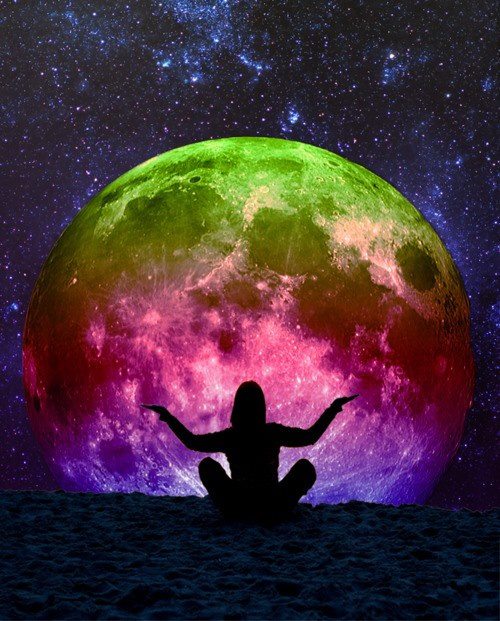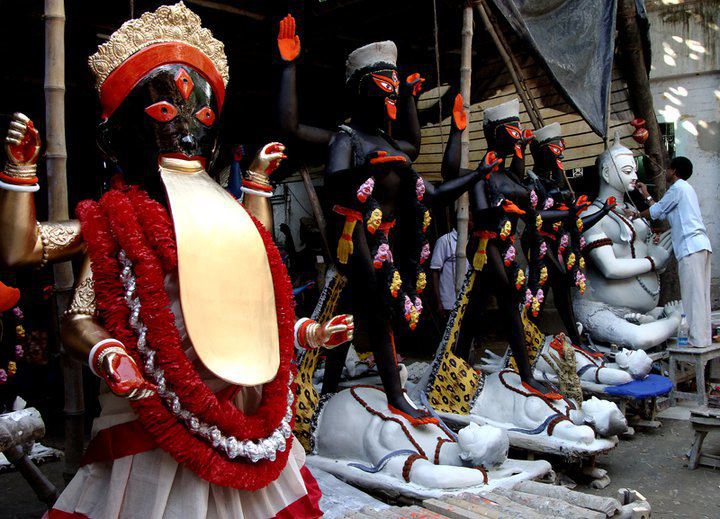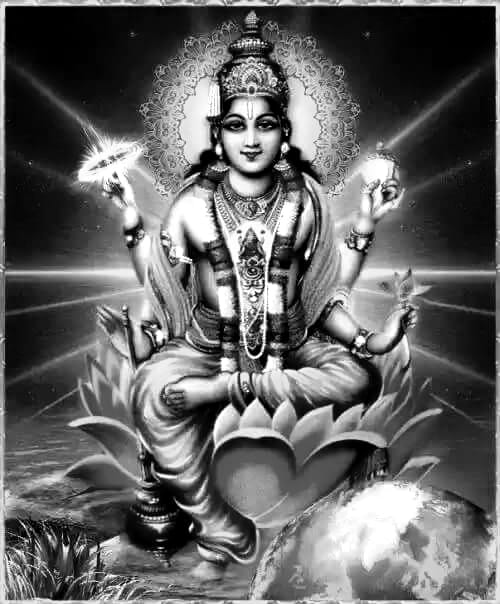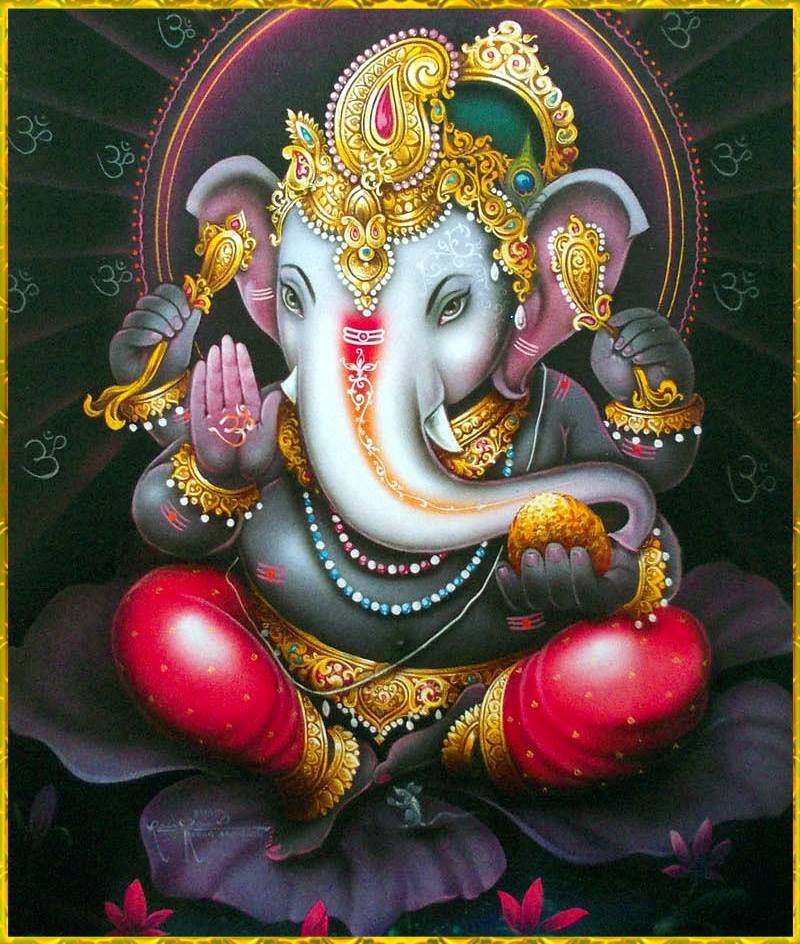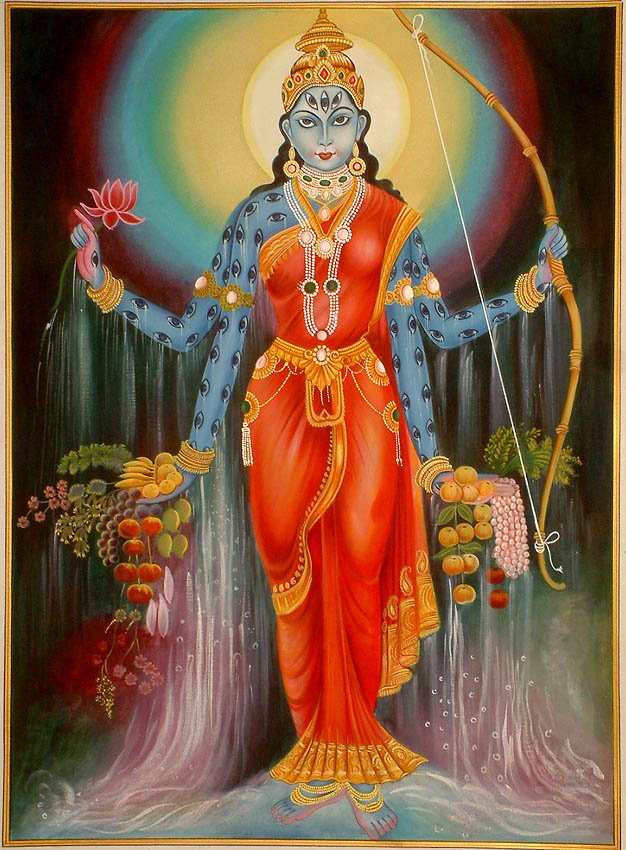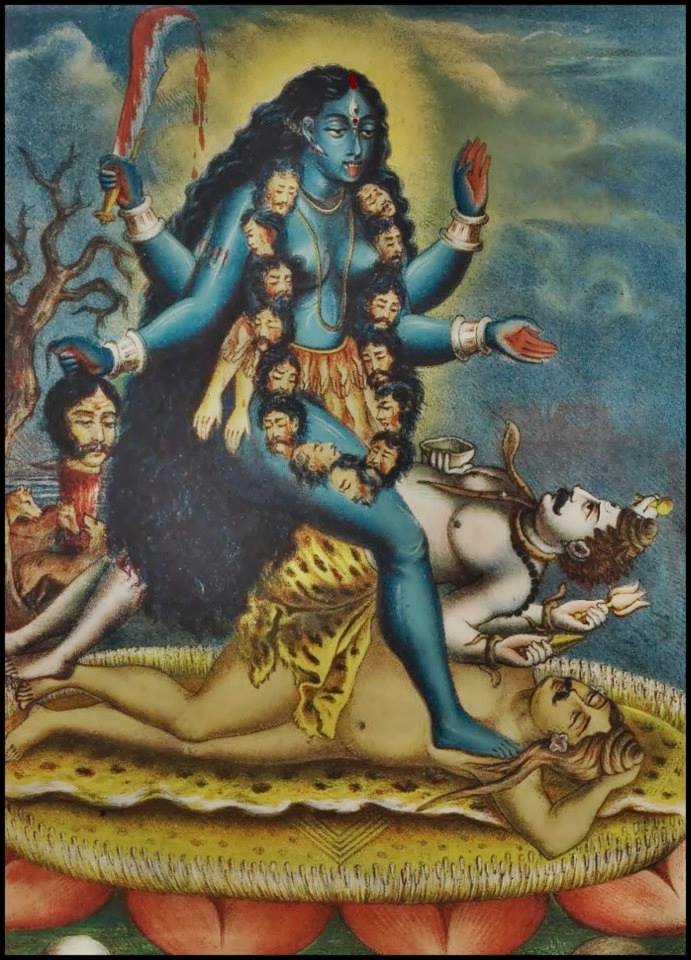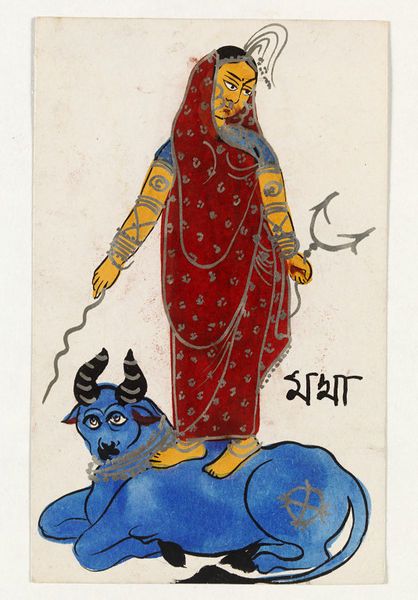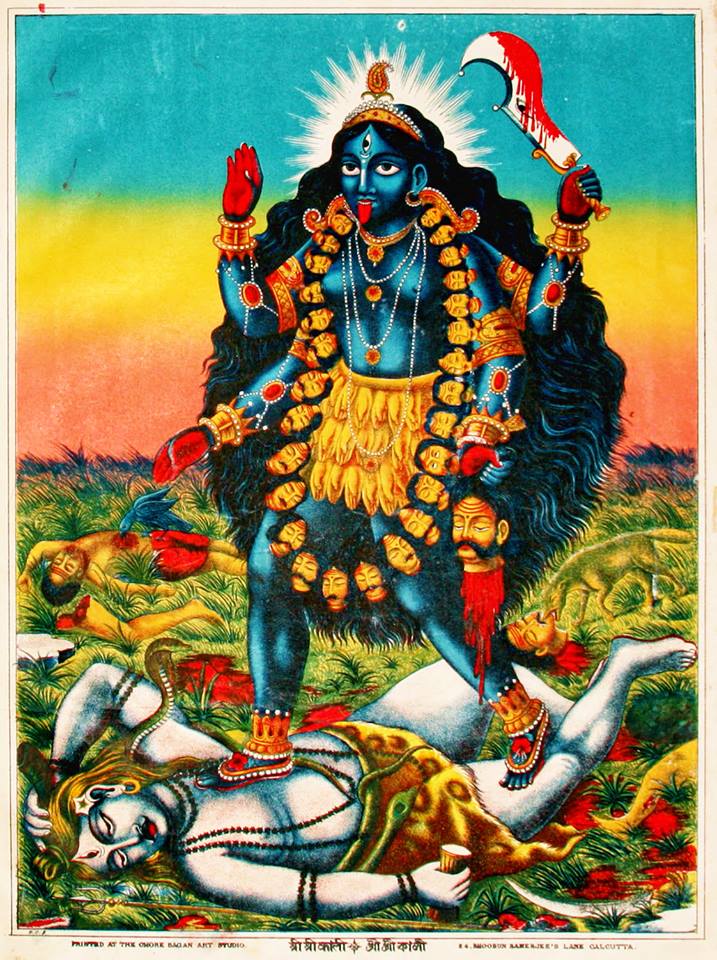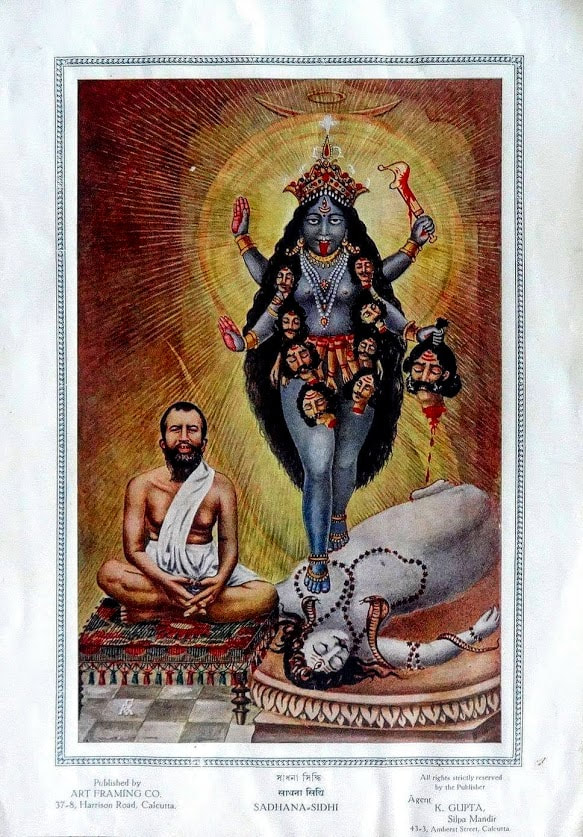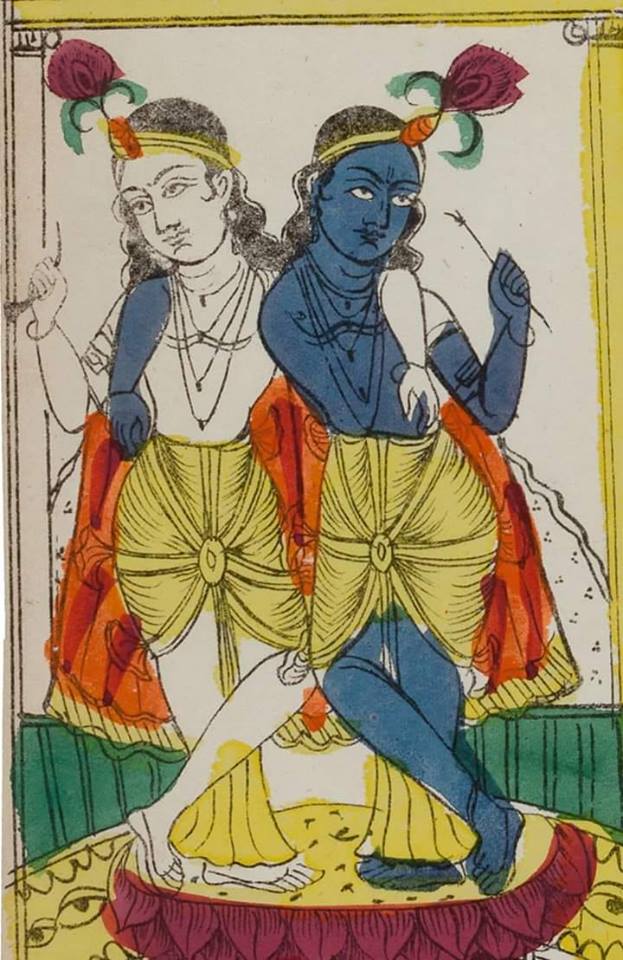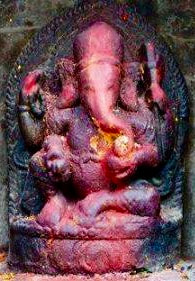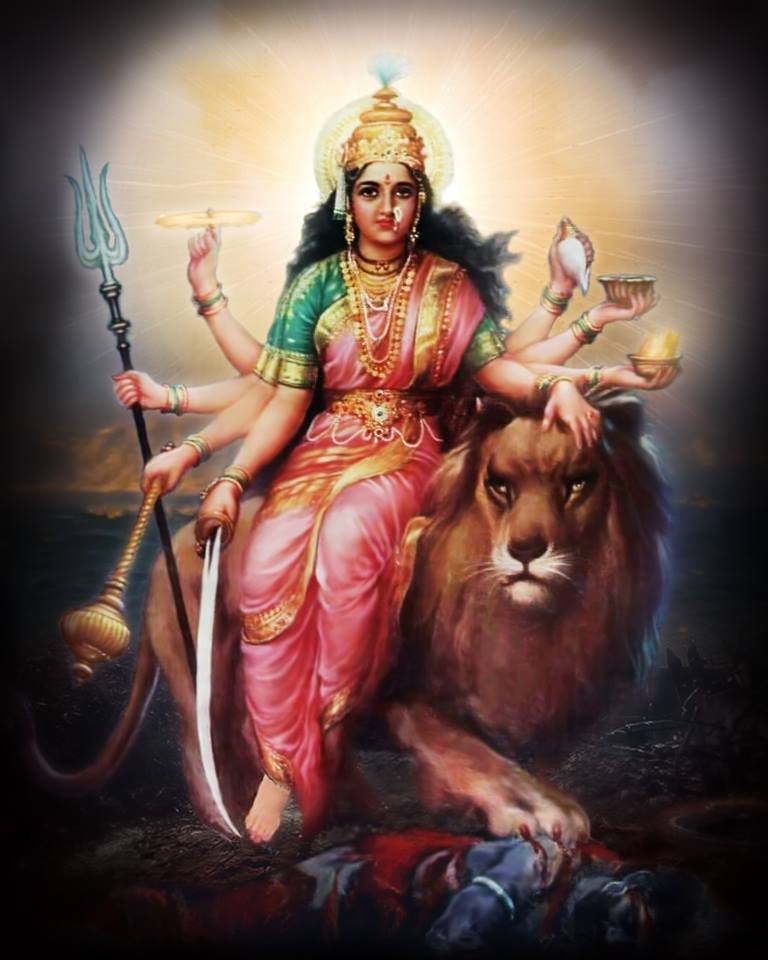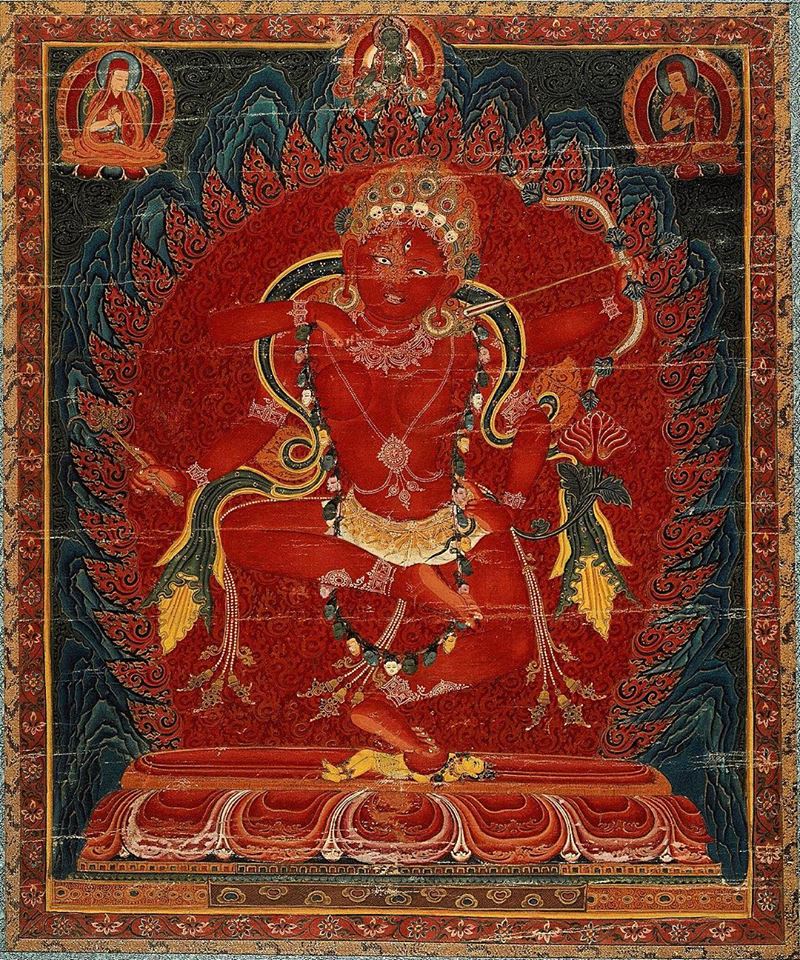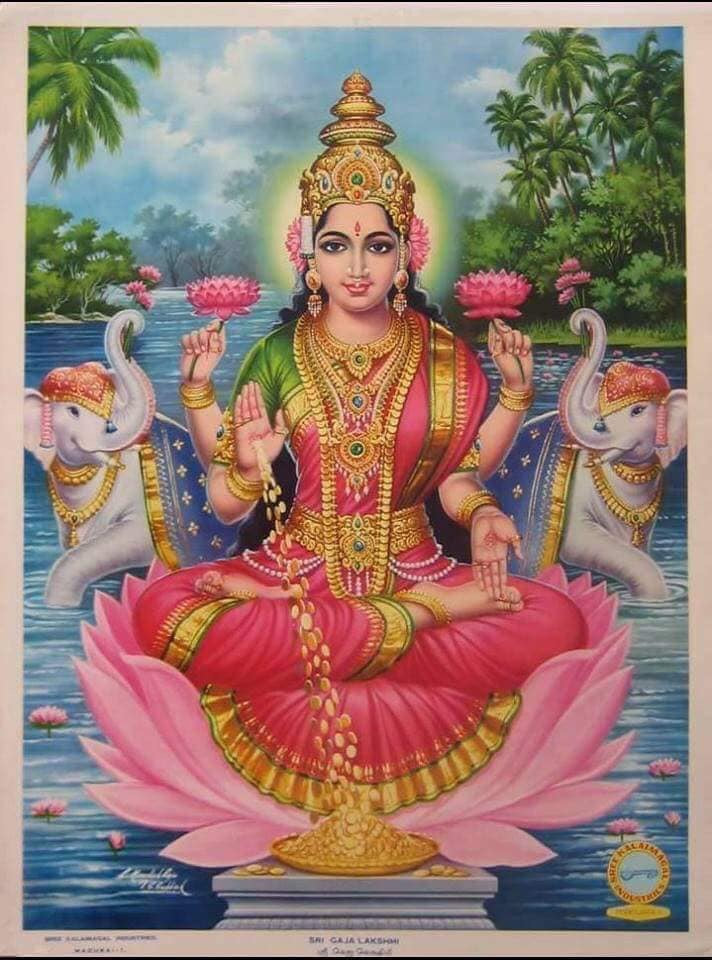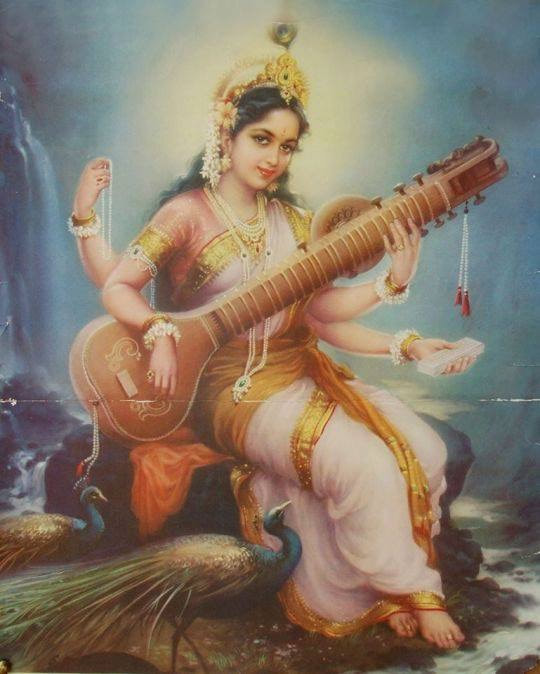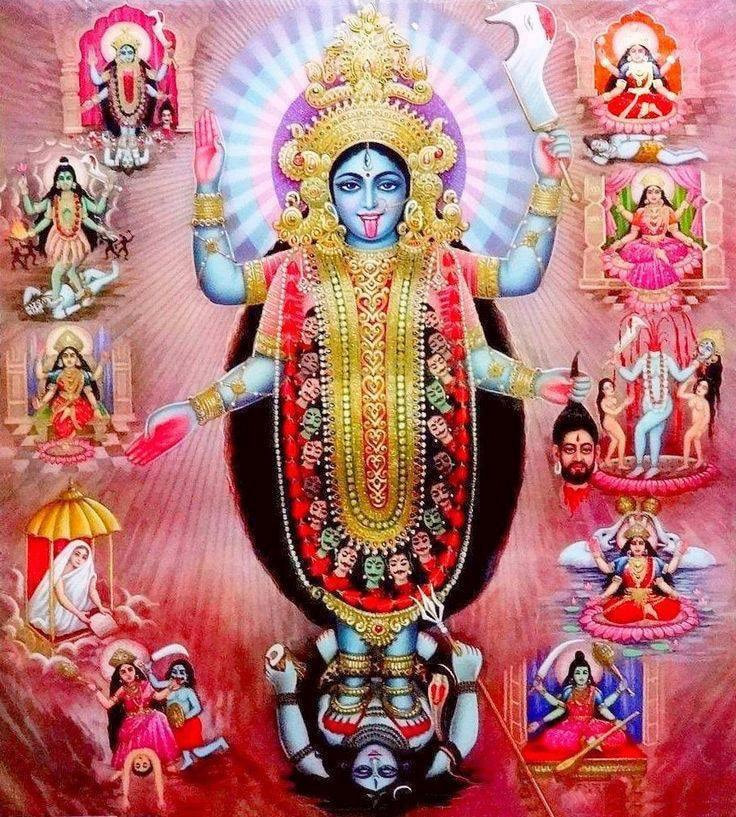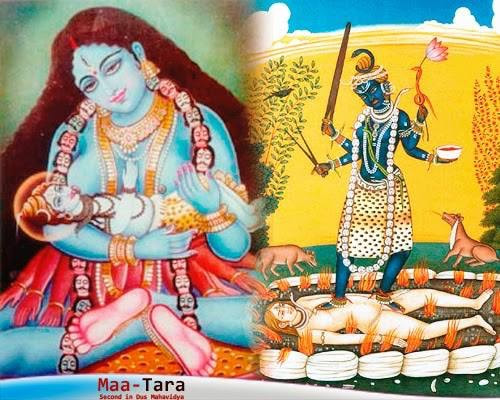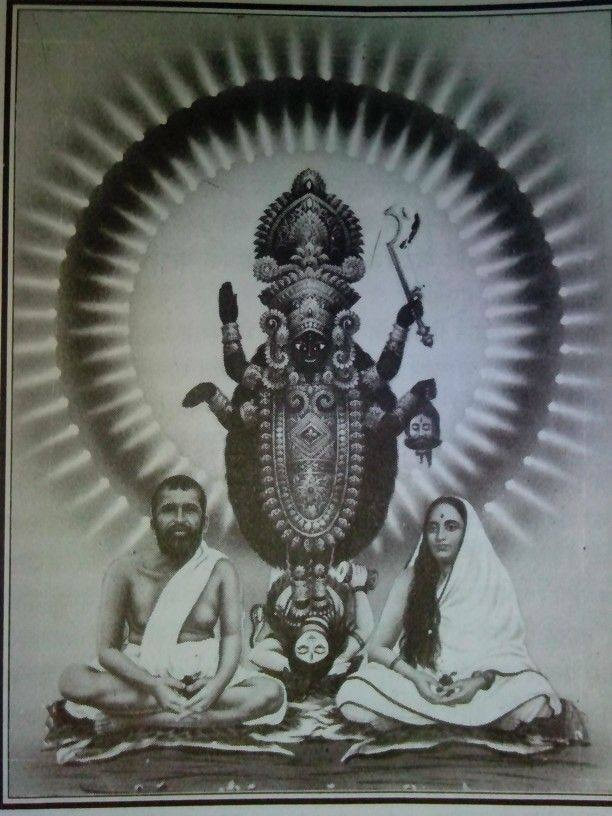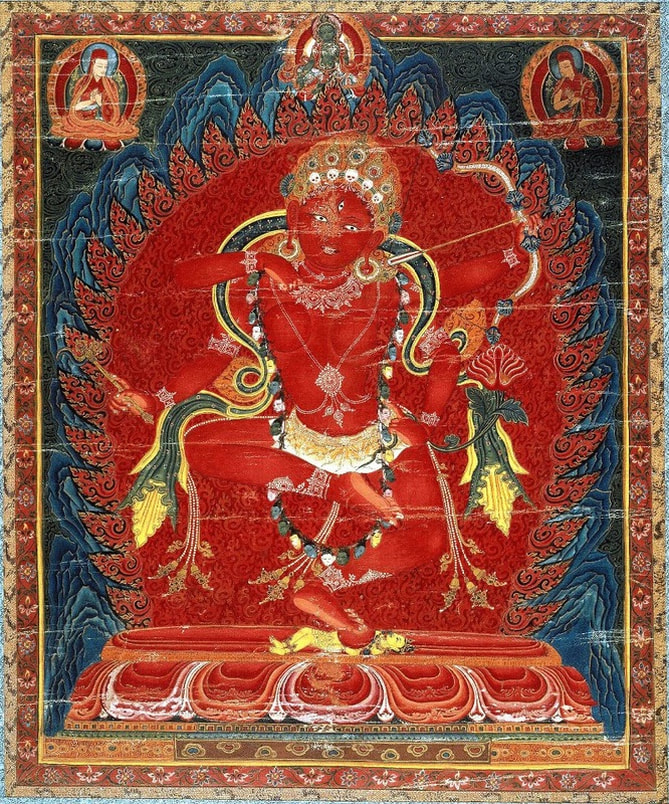
Tara closely resembles Kali in appearance and certain attributes displaying saumya – gentle and urga –fierce aspects. Indeed Goddess Kali and Tara were in prominence in the Tantric tradition both in Hinduism and Tibetian Buddhism even before Mahavidya emerged as a cult. Tara is as potent as Goddess Kali. In can be gainsaid that Goddess Tara is probably the oldest Goddess who is still worshipped extensively in modern times.
She takes many other names too. As Smasana bhairavi, she is the terrible one of the cremation ground; Jalesvari, Mistress of the rain; Jagaddhatri, world nurse; Prthivi, earth; Vasudha, earth; Vrksmadhyani, she who dwells in trees; Sarvavamayi, she who creates everything; Samsaratarini, She who carries across the ocean of samsara. Tara’s name comes from the root which means to carry. As ‘Samsara-tarini’ she aids to cross the tides of stormy sea of troubles and turmoils of life. She is the Tarini, the deliverer or savior, guiding bhaktas towards salvation. In summary Mother Tara is the deity of accomplishments.
BUDDHISM: Goddess Tara, while figuring prominently as Mahavidya Mother, She seems to have a central and ancient place in Tibetian Buddhism. Her appearance in the list of Mahavidyas can probably be explained by the religious communication between Tibet and Bengal. The latter is where Mahavidya texts originated such as Bhagavata Purana and Brhaddharma Purana were written. In Bengal, Tara was an epithet of Kali. Tara was thus understood to be much a Hindu and Buddhist God.
THEMES: Tara as Mahavidya is a rather fearsome goddess striking terror and one who is also moody and harmful. But She is also be benevolent and compassionate. These are all depicted in various Buddhist versions of explaining Her. Generally, Buddhist Tara is also described as a benevolent, compassionate, gentle and spirited young woman, eager to help and to protect.
In Buddhism, Tara’s themes are Universal Unity, peace, cooperation, destiny, energy and spirituality. Her symbol is a star. In Hindu mythology, Tara is a star Goddess who encompasses all time and the spark of life. She extends this energy to us, fulfilling our spiritual hunger. In so doing, Tara strengthens our understanding of the Universe and its mysteries and gives us a glimpse of our destiny.
AVALOKITESVARA: Bodhisattvas are beings who have reached enlightenment and are ‘eligible’ for Budda-hood. They are variously depicted as male or female. They postpone their own Nirvana to serve mankind paving the way for everyone’s Nirvana. In Hindu thinking, Nirvana means profound peace of mind that is acquired with moksha. It is yoga with Brahman. Chinese reference to Bodhisattva is Guanshiyin Pusa or Kwan Yin Pusa.
There are many Kwan Yin temples of repute where Mother is called Goddess Kwanyin. So, Kwan Yin is generally explained as a Chinese feminine equivalent of Avalokiteshvara, who manifested to help all those suffering on earth. According to Tibetian legends, Goddess Tara is the feminine counterpart of the Bodhisattva, Avalokitesvara. The name means Isvara who gazes down at the world. The Sanskrit reference to him is Padmapani meaning ‘Holder of the Lotus.’ In Tibet, He is Jainraisig.
Avalokitesvara embodies the compassion of all Buddhas. By Buddhas one refers to those who became enlightened through his efforts and insight and enhances Dharma. According to Tibetan Buddhist tradition, Tara emanated from the tear of Avalokiteshvara. Once, Avalokiteshvara liberated all beings from the lower realms and an instant later saw that the lower realms were again filled with suffering beings. Saddened, a tear fell from his eye and from it sprang Green Tara. It is told that Tara first appeared rising from a lotus blossom in the lake that had formed from Avalokitesvara’s tears.
FEMININITY: Both Avalokiteshvara and Tara embody the principle of compassion, one of the three main aspects of enlightened mind: compassion, wisdom and power. Tara embodies the feminine strengths of great caring and compassion, the ability to endure stressful and even terrifying moments, the acts of creation, and the source of sustenance and protection. In other of Her forms, such as the White Tara, She embodied inner peace and spiritual acceptance. She symbolizes purity and is thought to be part of every good and virtuous woman. Tara is an archetype of our own inner wisdom. She guides and protects us as we navigate the depths of our unconscious minds, helping us to transform consciousness, our own personal journeys of freedom.
Mother Tara held inherent goodness, so She was granted the right to assume Her human form as a man. But Tara elected instead to remain in Her womanly form. But Tara vowed: “There are many who wish to gain enlightenment in a man’s form, and there are few who wish to work for the welfare of living beings in a female form. Therefore may I, in a female body, work for the welfare of all beings, until such time as all humanity has found its fullness.”
COMPASSION: Tara is understood to be essence of Compassion. She is seen in Tibetian Buddhism as a compassionate savior who rescues devotees from peril. Both Amitabha and Avalokistesvara are renowned for their great compassion and Tara fits into this family. Like Kali and Durga, Tara is often said to rescue her bhaktas from desperate predicaments. She is the female aspct of the universe, giving birth to warmth, compassion and relief from bad karma experienced in the cycle of birth and death. As a Mother, she smiles at the vitality of creation and has sympathy for all her children.
So Green Tara protects the unfortunate to encounter the samsaric world. White Tara expresses maternal compassion and heals the wounded, physically and spiritually; Red Tara teaches discrimination and awareness to turn raw desire into compassion and love. Yellow Tara is there to protect from hostility and imprisonment. Blue Tara, the wrathful female is the energy that protects her children. But Tara is not always serious, for, she shares the playfulness of Dakinis. (posted earlier)
Folk stories and legends show her typically appearing at the requests of her devotees to rescue them from jaws of sufferings. Tara is approached as one who protects, preserves and saves life. Tibetian legends also affirm that Tara is Tibetian connected to Tibetian royal line; a historical or legendary queen and compassionate mother.
TANTRA: Tara is also a Tantric meditation deity popular among the Tibetian Vajrayana school. Vajrayana was founded by Indian Mahasiddhas. It refers to three vehicles or routes to enlightenment. It subscribes to Buddhist tantric literature. Thus Tara worship became popular with Tantric Buddhism in the 8th century. She embodied certain ideals making it attractive for women tantric practitioners. It was also a path for Buddhism to reach out to women.
Goddess Tara as tantric deity is traced back to the period of Padmasambhava. He used his tantric powers to subdue evil deities. In due course, he was invited to the royal household of the Tibetian King Trisong Detsen of the Yarlung Dynasty. Queen Yeshe Tsogyal was identified as a dakini herself.
Together, the dakini Queen and Padmasambhava highlighted the wisdom of the tantric principle of not eliminating negative forces altogether but redirecting them to fuel the inward journey of spiritual awakening. There Padmasambhava founded the first Tantric Buddhism monastery and initiated monks. He is said to have had five female tantric companions referred to as the ‘Five Wisdom Dakinis’ all of whom who had ‘access to the heart’. It is through Tara that the Buddhas developed certain inner qualities to understand the outer and inner secret teachings about compassion and sunya – emptiness. Her main mantra is shared by Buddhists and Hindus: On Tare Tuttare Ture Svaha.
BRIHAD NILA TANTRA: As the second of the Mahavidyas, Tara, while known to the West through her Tibetian manifestations, occupies an important position in the Hindu Tantrik pantheon. In Brihad Nila Tantra of the Kaula tradition she is Nila Sarasvati - the Sapphire Blue Sarasvati. She is the Brahma-Shakti, or spouse of the Supreme Deity in his Creative aspect. While some writings differentiate between Tantric Hindu and Buddhist Tara, one cannot doubt that she is the same Shakti. As mentioned earlier, in Hindu Tantrarajatantra, where Her mantra is given as ‘Om Tare Tuttare Ture Svaha’ is identical to the Tibetan version. Here Tara takes her form as Kurukulla and the reference is to the same Devi.
Mention has to be made of Matrika Shakti. The Brihad Nila Tantra and Devirahasya mentions other forms such as Nilasarasvati, Aniruddha Sarasvati, Ugra Tara, Tarini. Nila Sarasvati and the Tibetian White Saraswathi give the same fruits of worshipping Her. It also points to the Goddess being Shakti of the Letters of the Alphabet, the Matrika Shakti. As Matrika Shakti She deludes the entire human race with Her Maya of letters, and words. This has been expressed in a Tantrik form. Her mantra is described as a Siddha-Vidya. She has an important role in Tantrik cosmology because mantra, words, music are considered to be the very source of the cosmos.
FORMS: In Sanskrit, the name Tara means Star. She was also called ‘She Who Brings Forth Life’, ‘The Great Compassionate Mother’, and ‘The Embodiment of Wisdom’, and the ‘Great Protectress’. The peaceful, compassionate White Tara gently protects and brings long life and peace. The more dynamic Goddess, Green Tara is the ‘Mother Earth’, and a fierce Goddess who overcomes obstacles, and saves us from physical and spiritual danger.
Adopted by Buddhism, She become the most widely revered deity in the Tibetan pantheon. In Buddhist tradition, Tara is actually much greater than a Goddess; She is a female Buddha, an enlightened one was has attained the highest wisdom, capability and compassion. She is one who can take human form and who remains in oneness with the every living thing.
EMBODIMENTS: It is said that there are 21 embodiments of Tara with individual iconography. There is so much similarity with the Dasa Mahavidyas to the extent it is difficult to differentiate between Mahavidya and Buddhist versions. Green Tara is also known as Arya Tara pictured as a dark green-skinned girl. The Tibetian version says that green includes all the other coloured Taras. White Tara is said to be the ‘grown-up’ version of Green Tara. This is parallel to virgin Goddess Balatripurasundari and Mother Tripurasundari. White Tara is said to be the Mother of all Buddhas.
Orange Tara is said to be the Liberator of spiritual prisoners. Red Tara is described as the passionate lotus Dakini, the sixteen year old maiden. She is red due to her magical function of enchantment and magnetism. But she also subjugates Kamadeva representing ego and desire. The enriching Yellow Tara increases all kinds of prosperity and wealth as well as intelligence and eloquence. Black Tara is the wrathful manifestation identical to Kali. Black Tara shares all the attributes of Kali. Both are described as Divine Mother of compassion and firm Mothers to ward of all forms of demonic evil. Just as in Dasa Mahavidyas, different embodiments of Tara are also Tantric Goddesses.
TARA AND KALI: Between Kali and Tara there are some similarities as also some differences. As said earlier, Tara’s physical appearance resembles that of Kali. Like Kali, she has three bright red eyes; has four hands holding sword or head chopper, a scissors, a severed head and a lotus; wears the garland of skulls; is richly is bejeweled and has snakes for ornaments; dances on a corpse. Both Kali and Tara are strongly associated with death and dissolution; both stand upon inert male figure. And, both are associated with Shiva. Brahaddharma Purana mentions Tara as representing time, just as does Kali. Whereas Kali is the power of time -kala that inexorably causes all created things to perish, Tara is associated with fire, and particularly the fires of the cremation ground.
There are also differences in the depiction of the two goddesses. Tara's complexion is blue whereas Kali's can be black or deep blue. Tara holds a bowl made from a scull in one hand, a pair of scissors in another, a blue lotus in the third hand and an axe in the fourth. The scissors and sword in the hands of Tara are tools to remove the ego, the sense of mistaken identity that defines, limits, and binds. They are not weapons of death and destruction. Tara is draped in tiger skin around her waist; and is not naked unlike Kali who symbolizes absolute freedom. Unlike Kali, whose hair flows loose and wild, Tara’s hair of tawny color is carefully bunched into a topknot or jata. While Kali is fiercely naked, Tara is sweetly naked, both symbolizing purity. Whereas Kali’s hair represents absolute freedom from constraint, Tara’s is a symbol of yogic asceticism and restraint. Kali represents the highest form of wisdom or liberating knowledge; and Tara is related to the discipline of yogic practices.
Hara Hara Mahadeva.
(draft Gods, Goddesses, Minor Deities and Sages)
Yogi Ananda Saraswathi
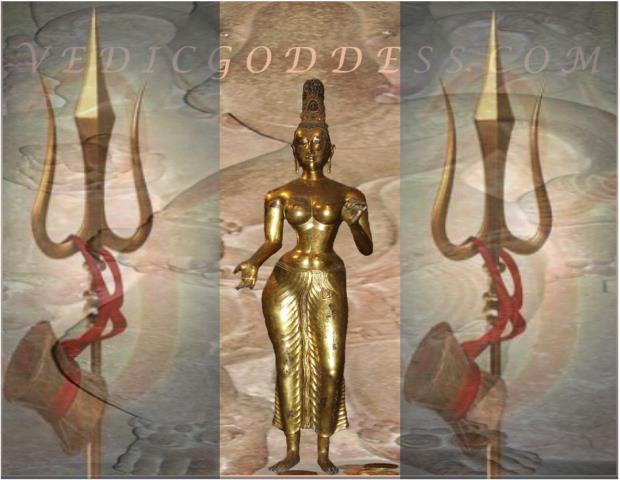
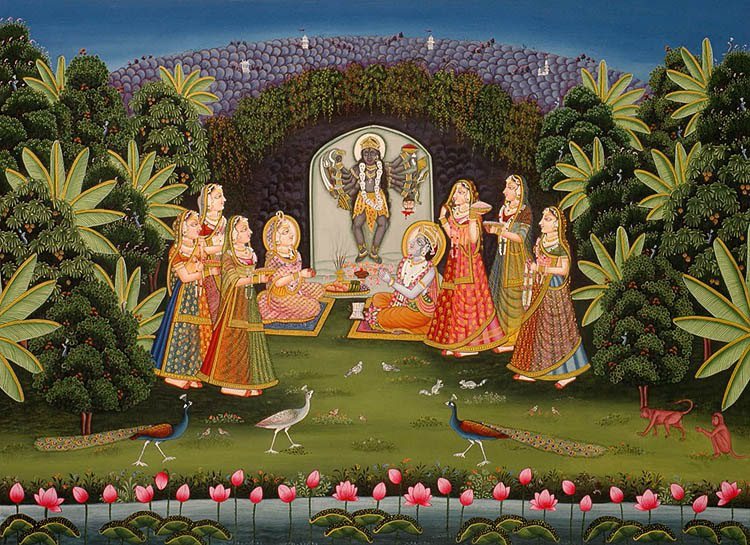
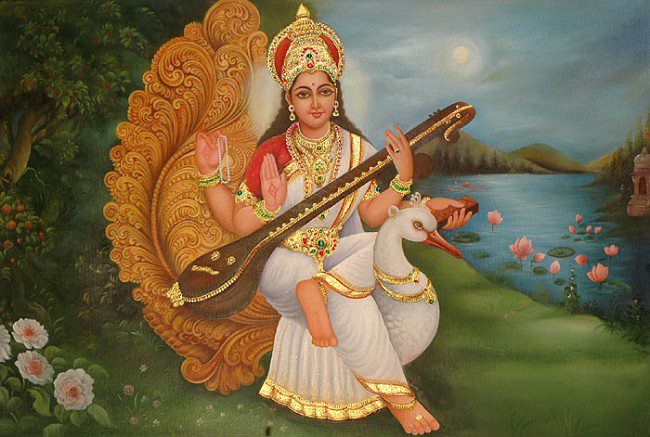
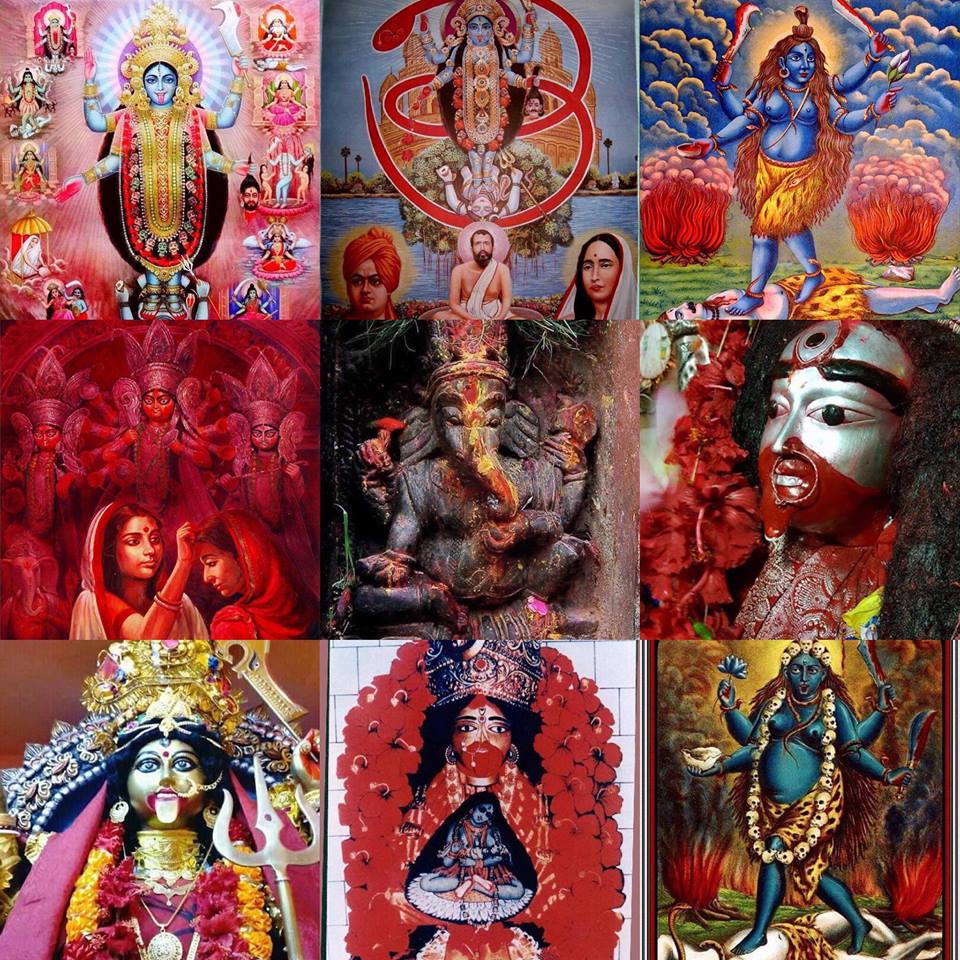
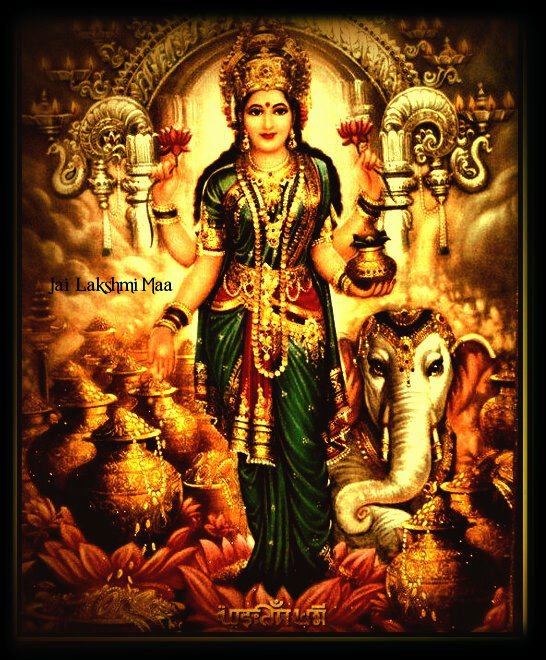
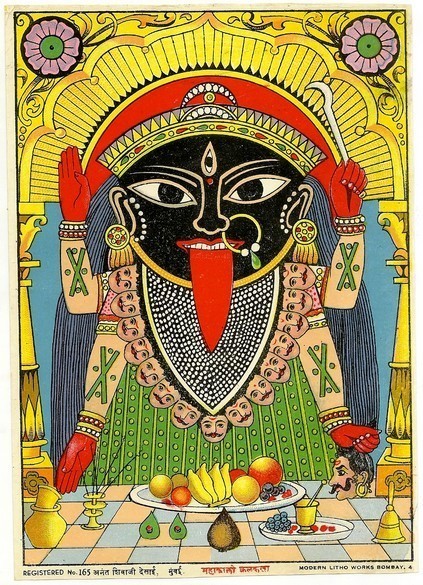
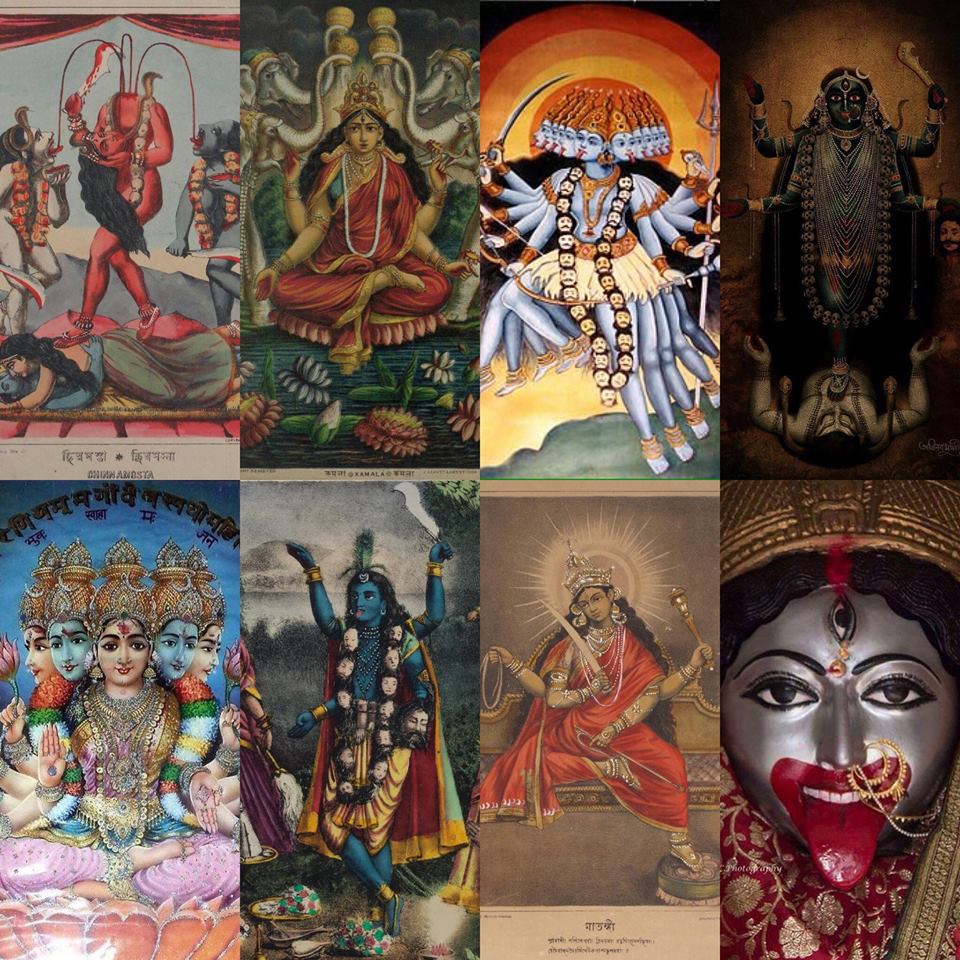
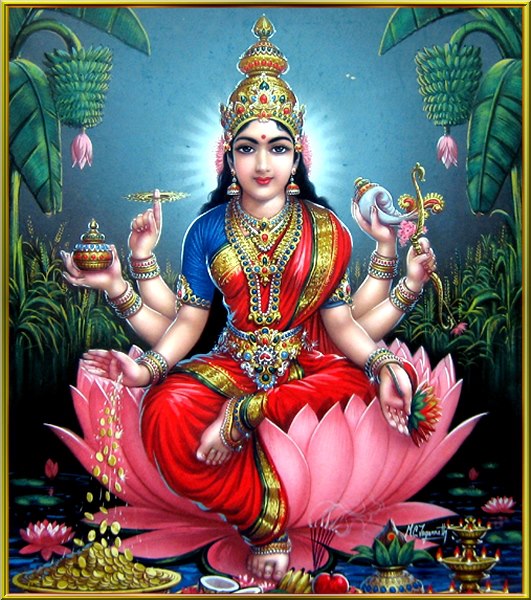
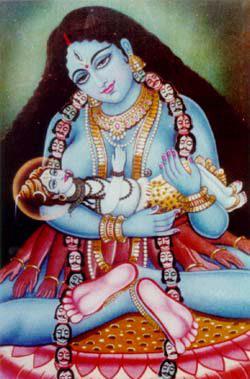
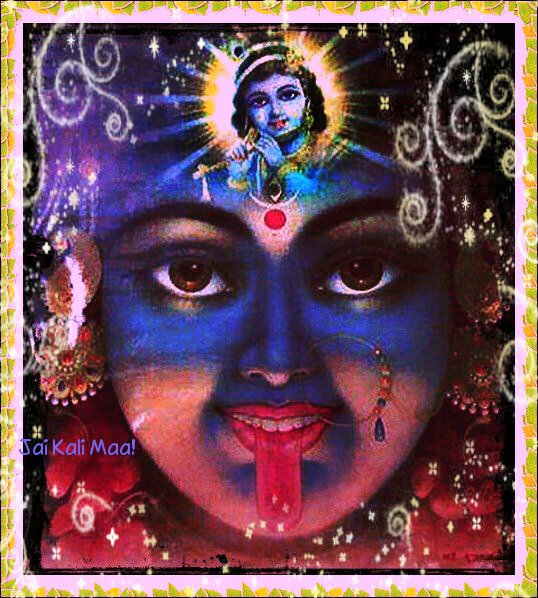
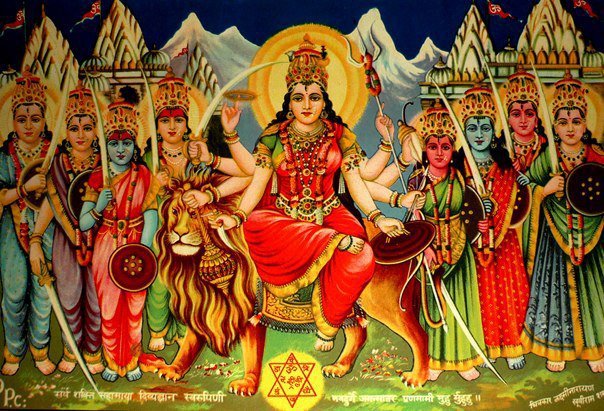
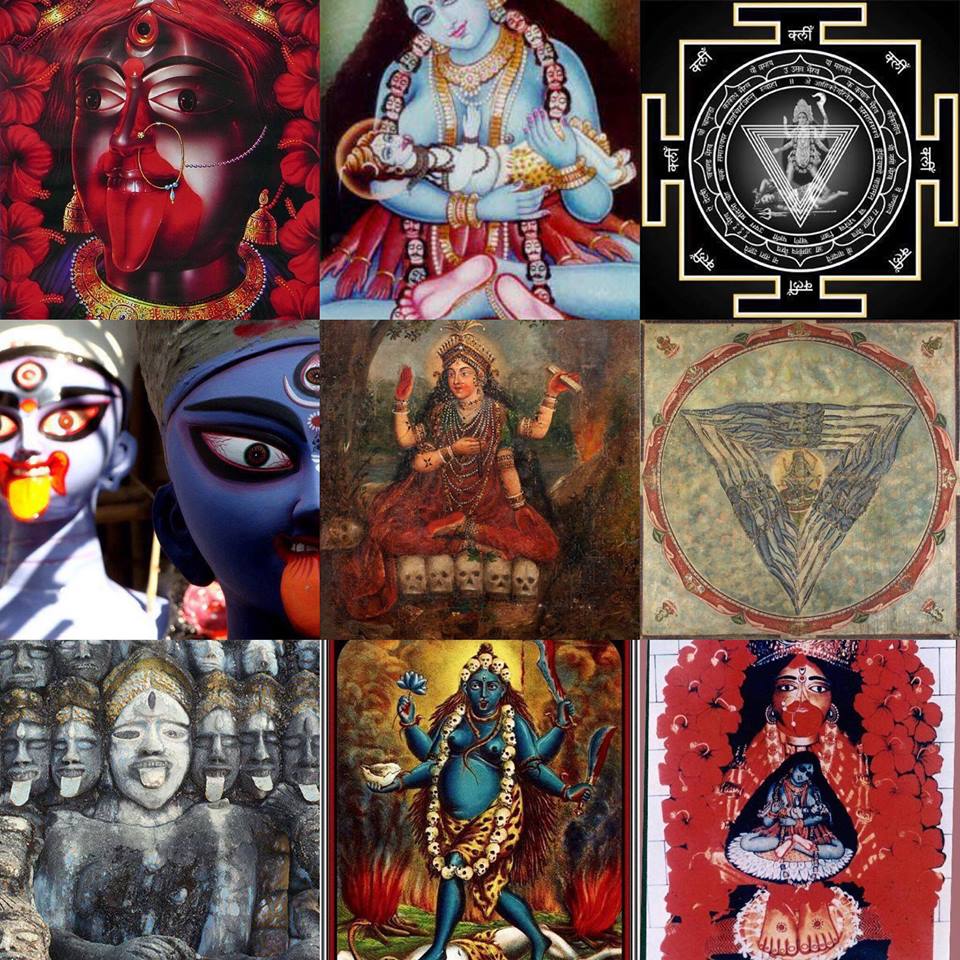
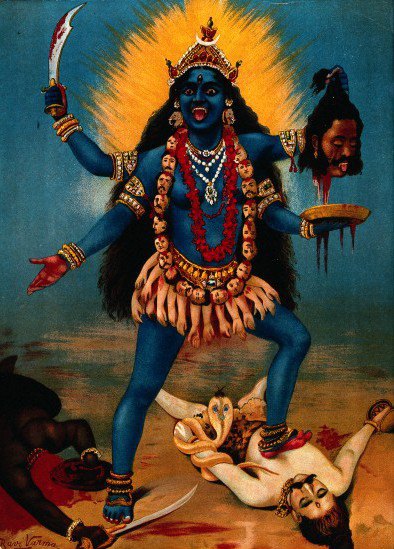
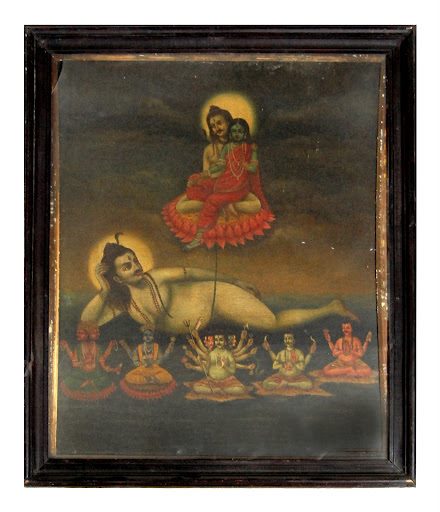
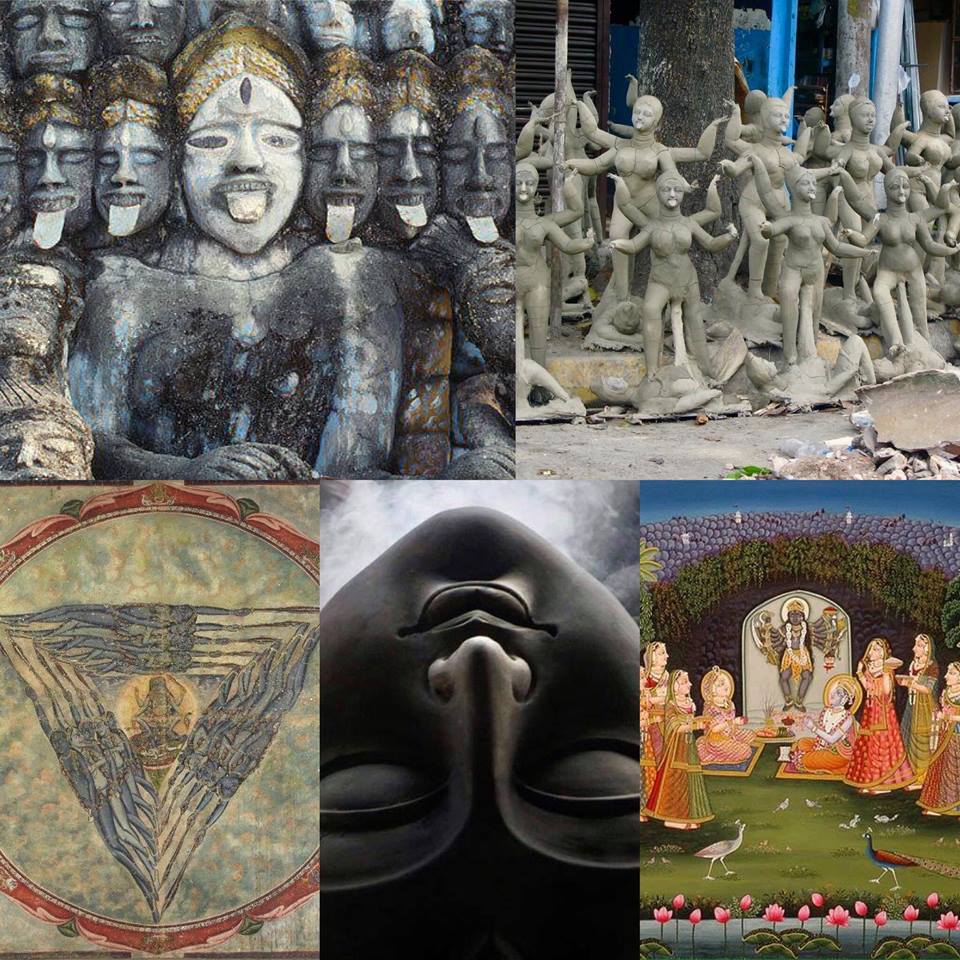
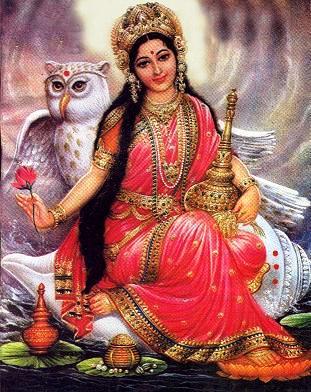
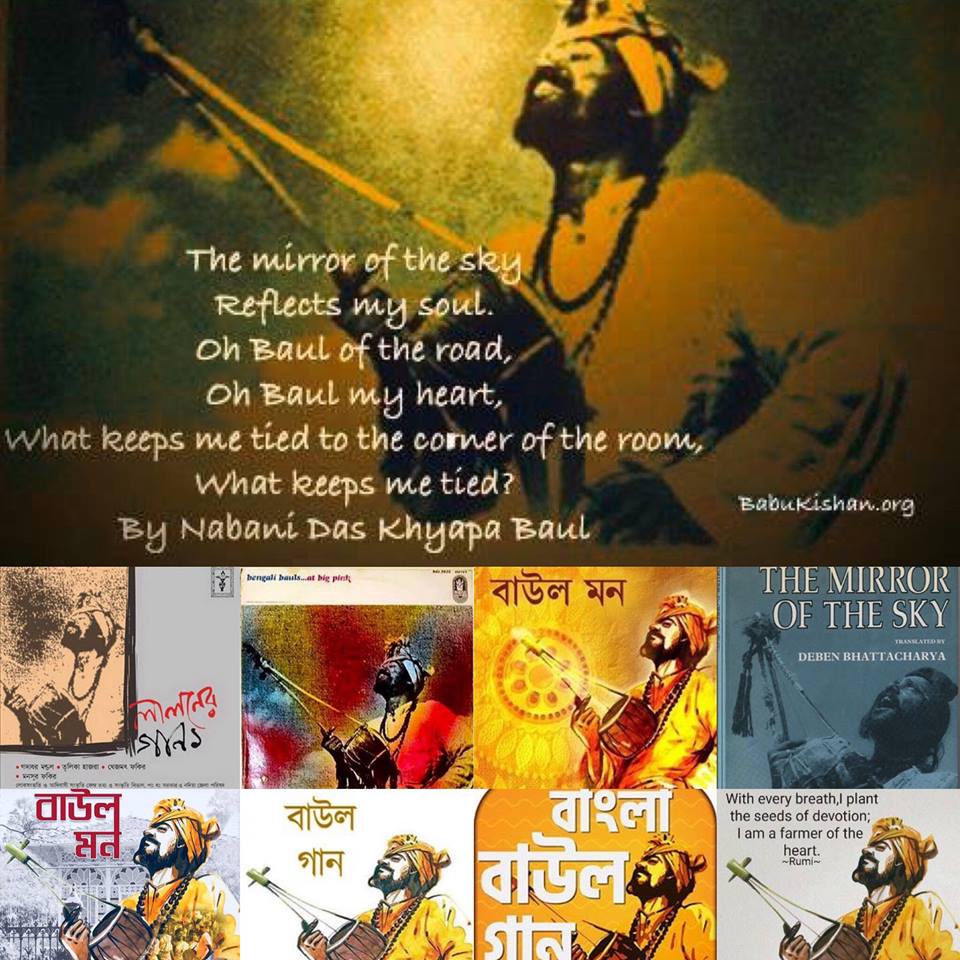
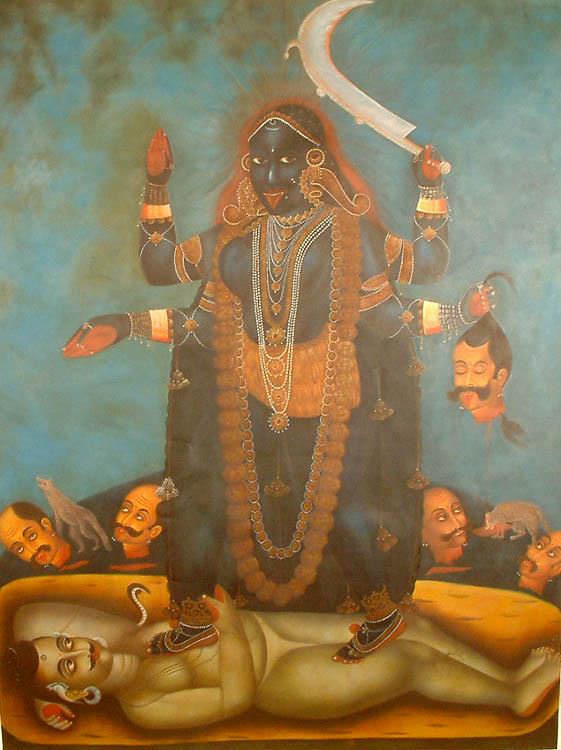
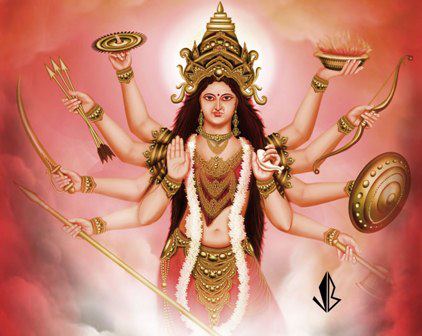
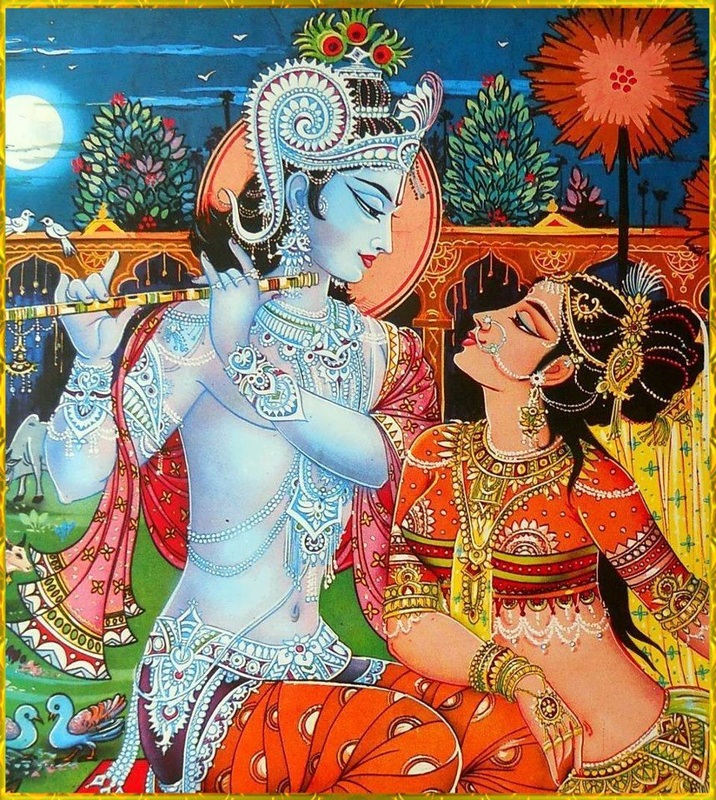
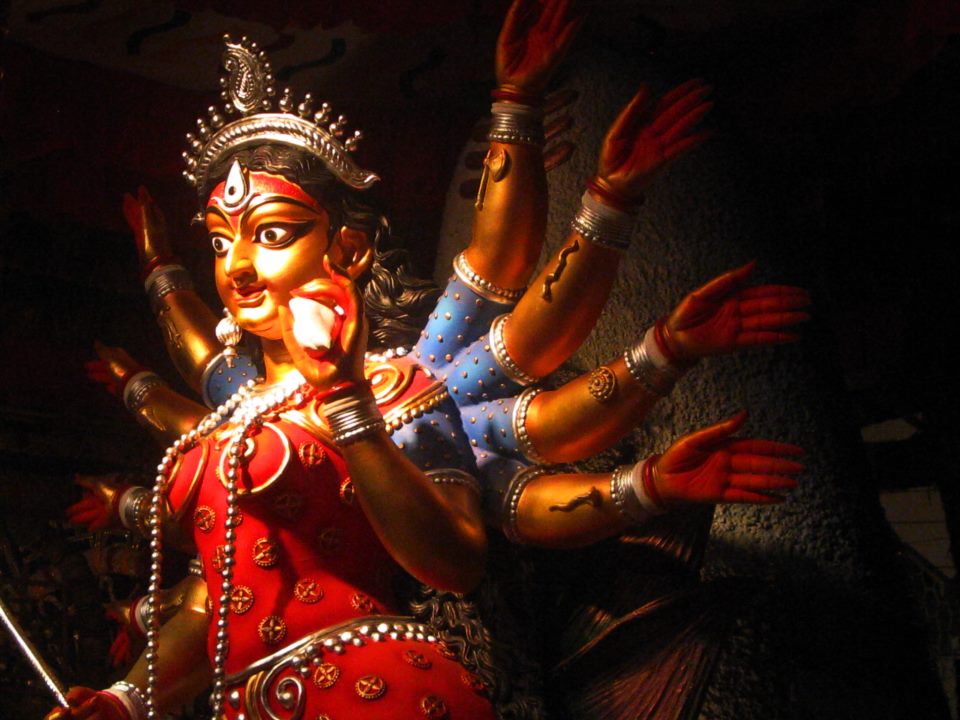
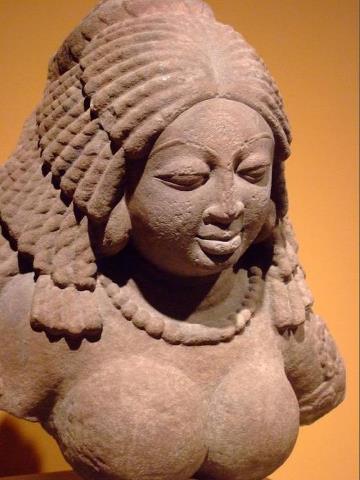
 RSS Feed
RSS Feed
